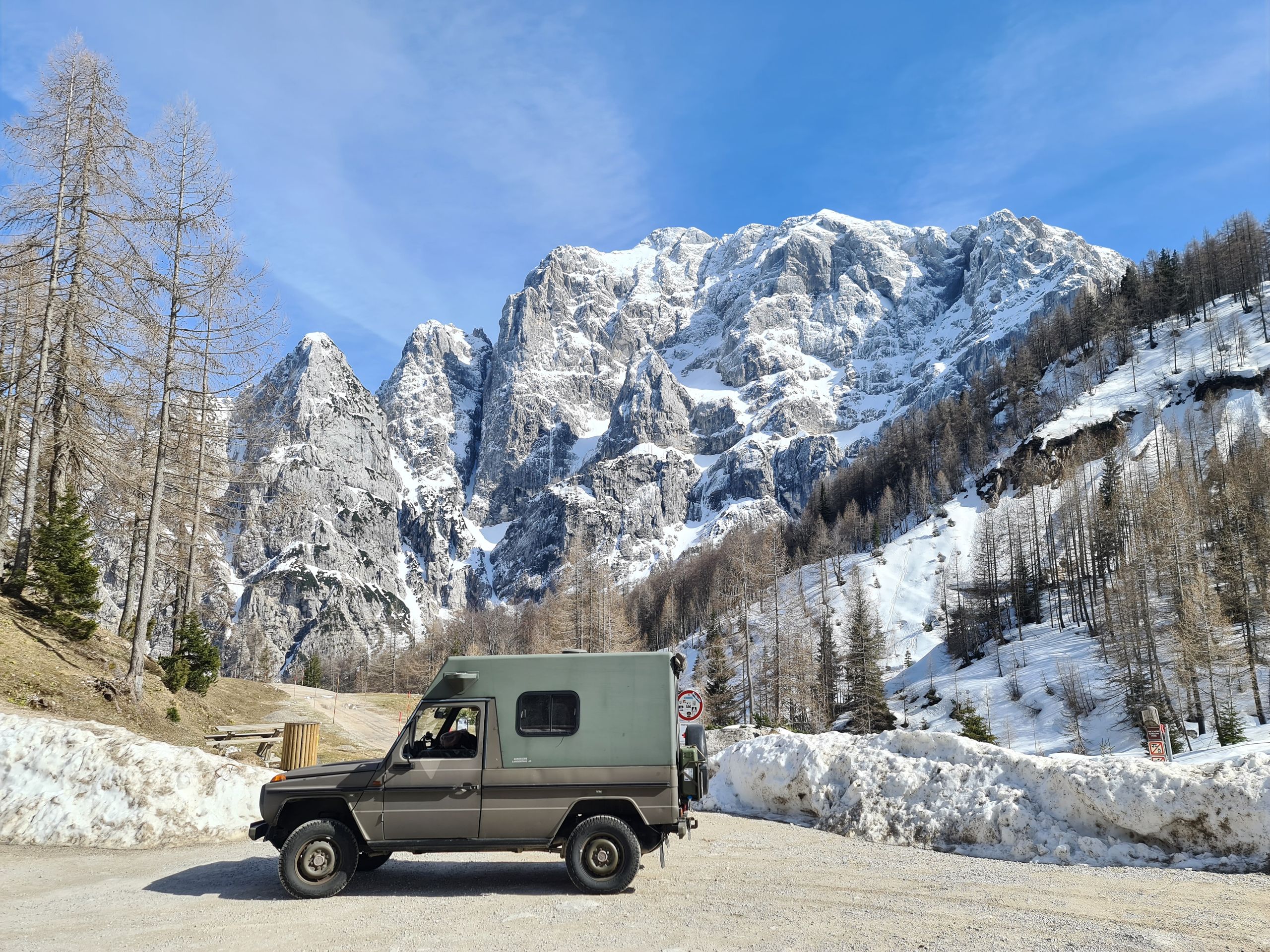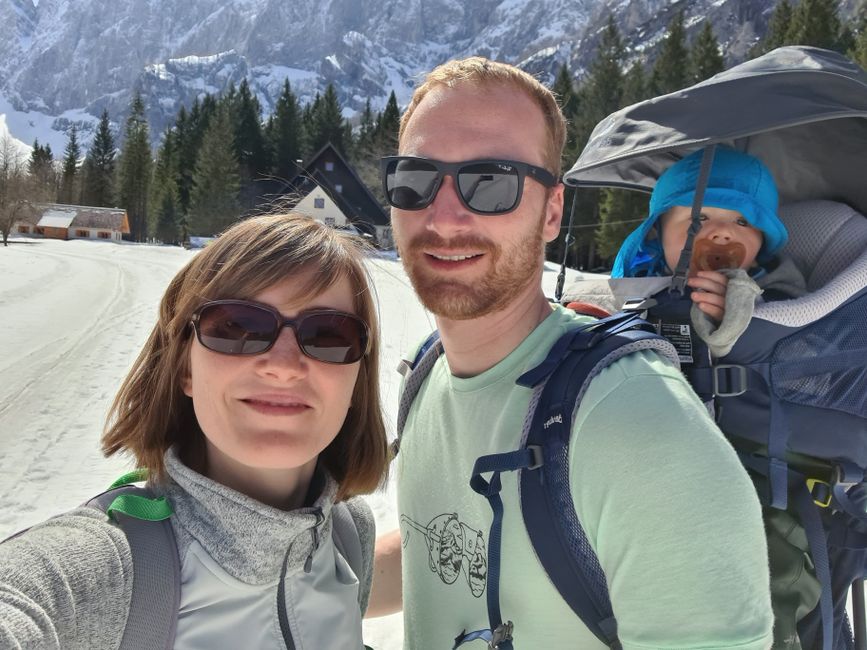
goinguntendrunter_2.1 Balkanedition
vakantio.de/goingunterdrunter_balkanedition
Slovenia and Trieste
प्रकाशित: 13.04.2022
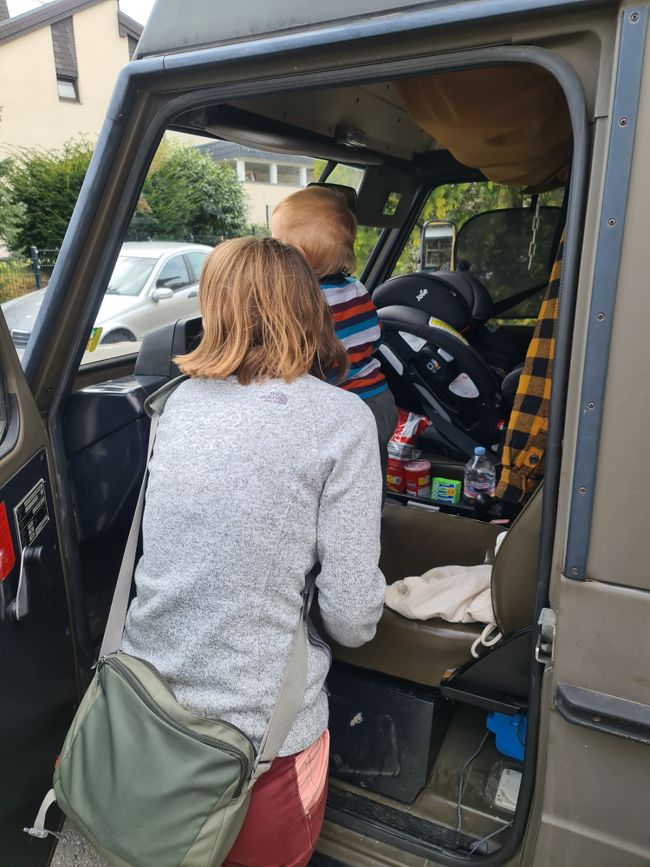
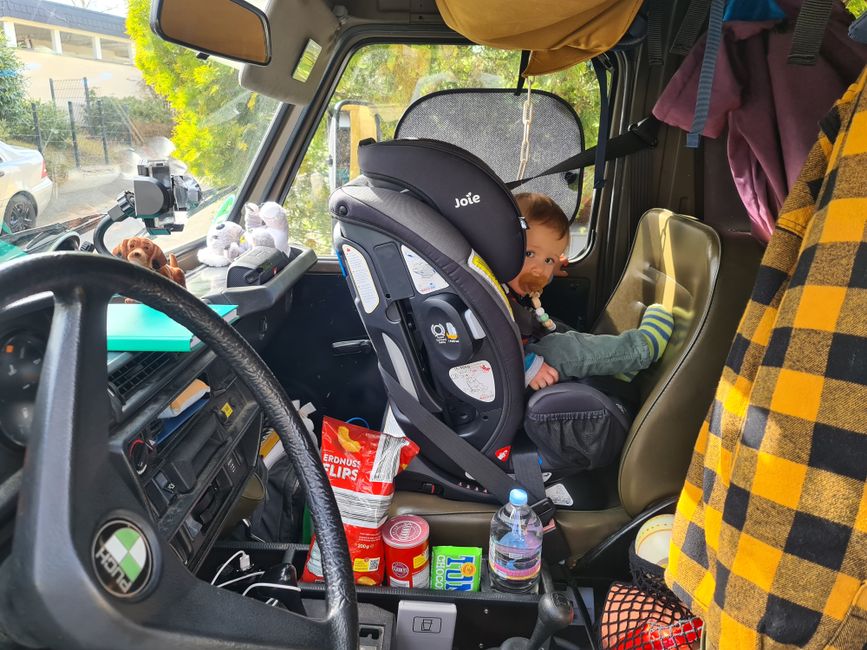
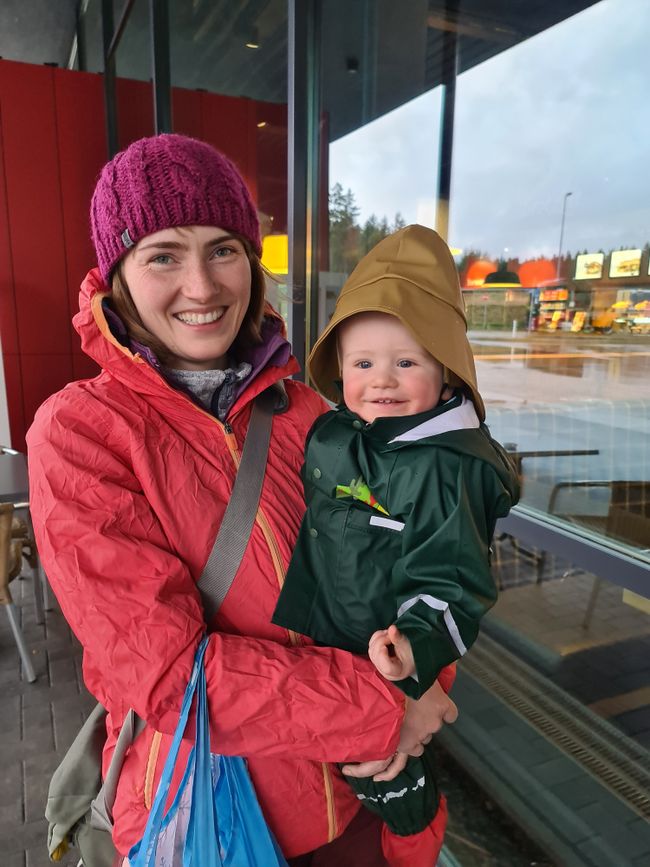
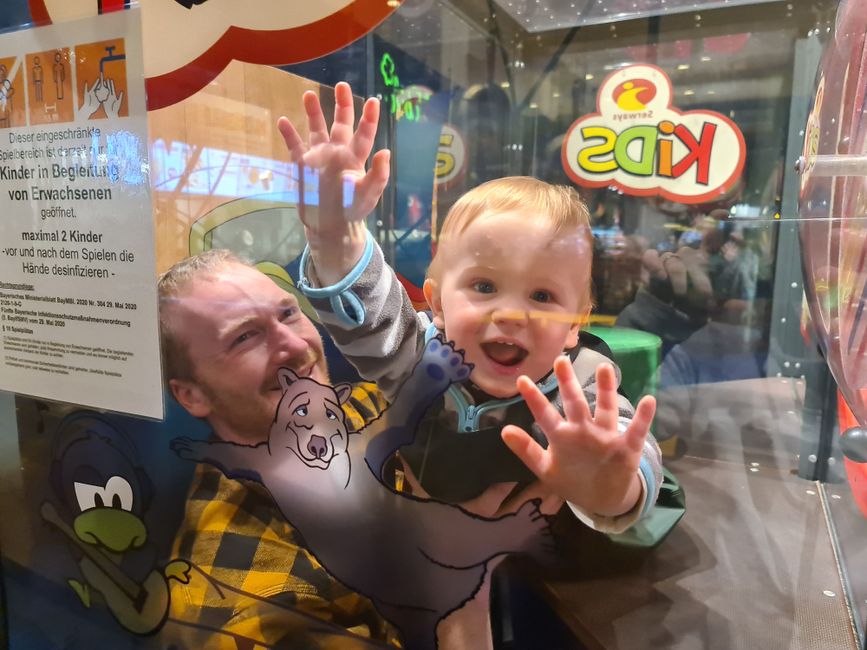
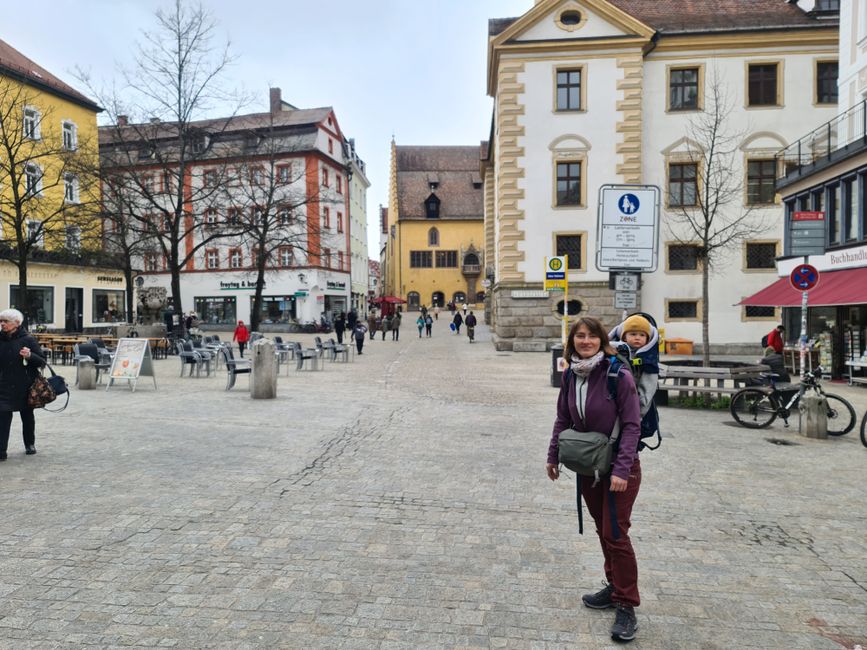
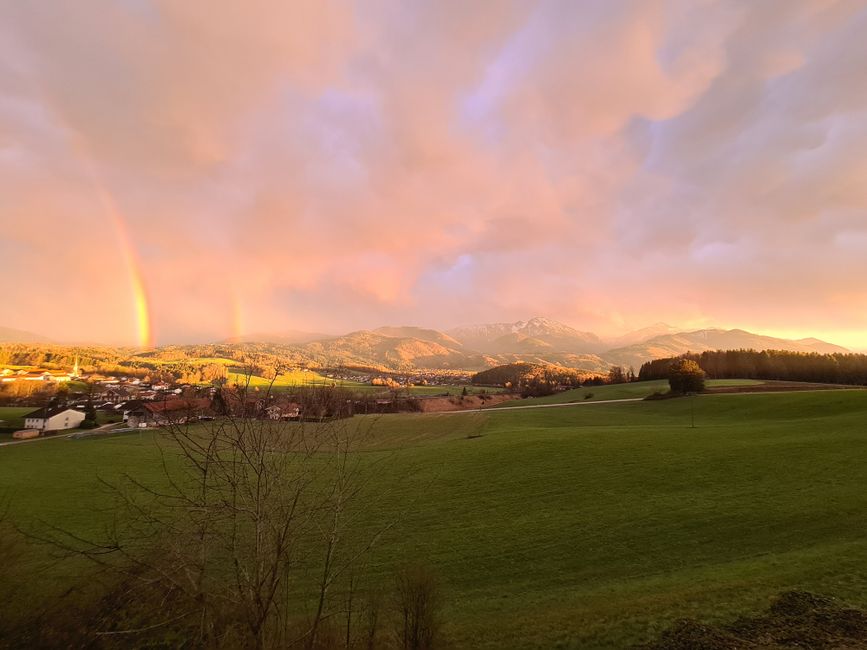
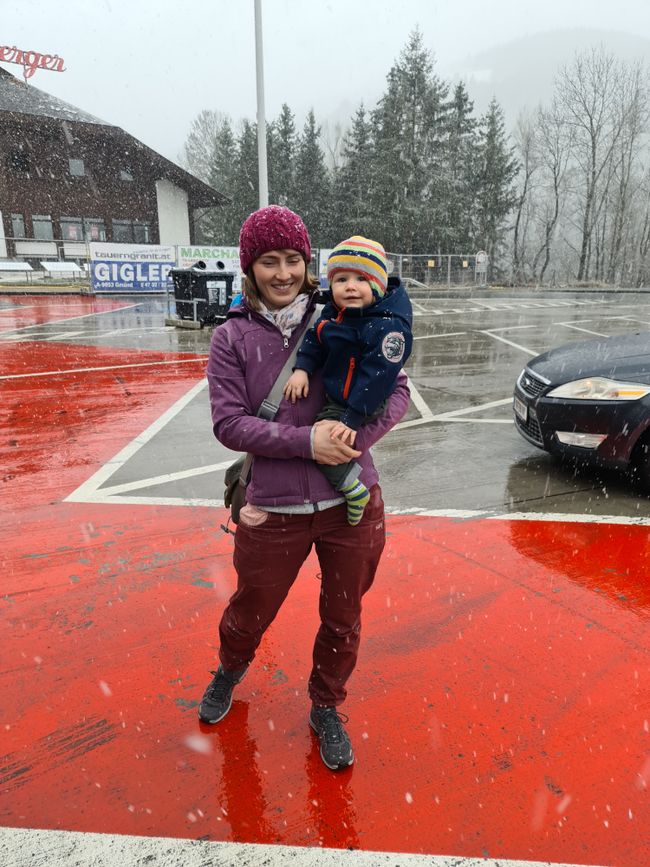
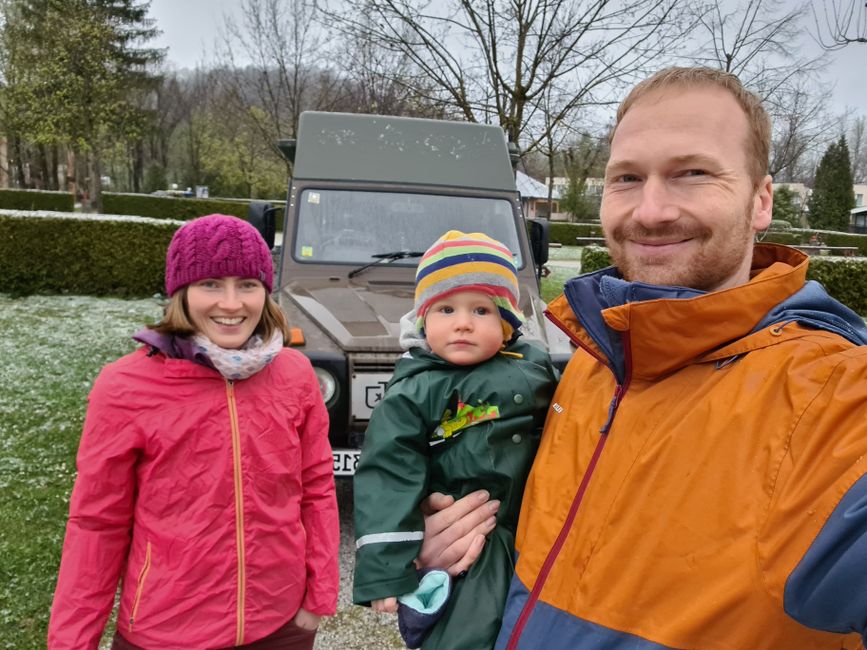
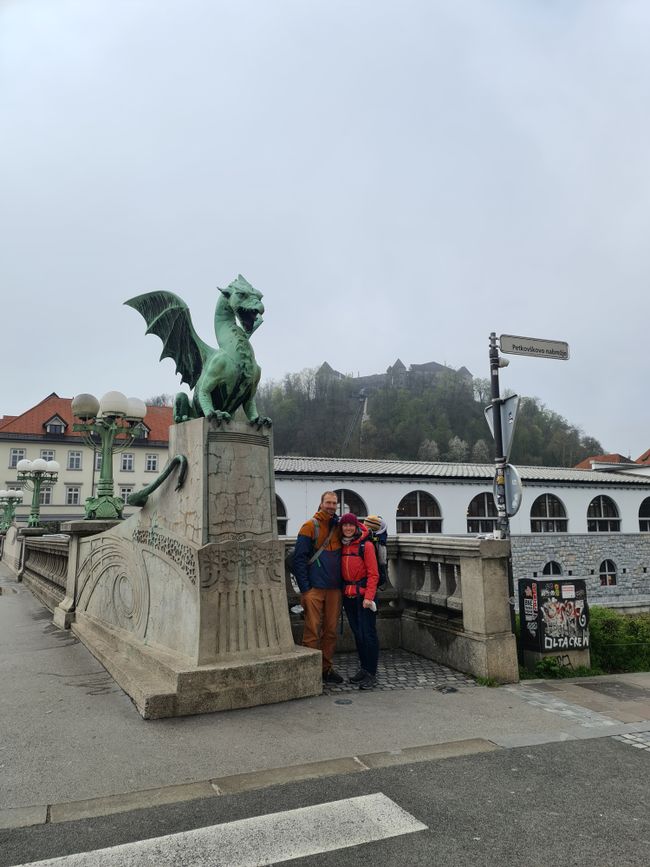
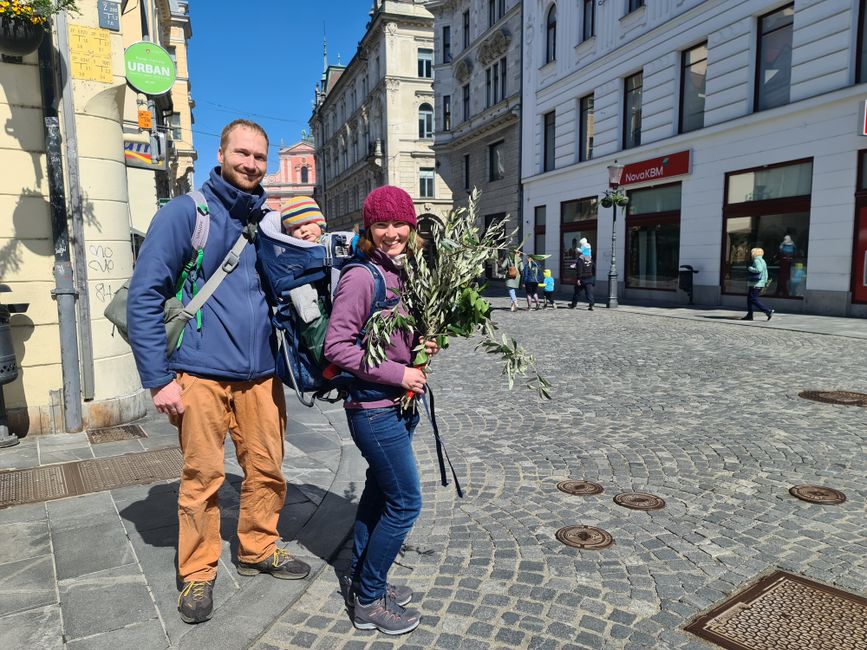
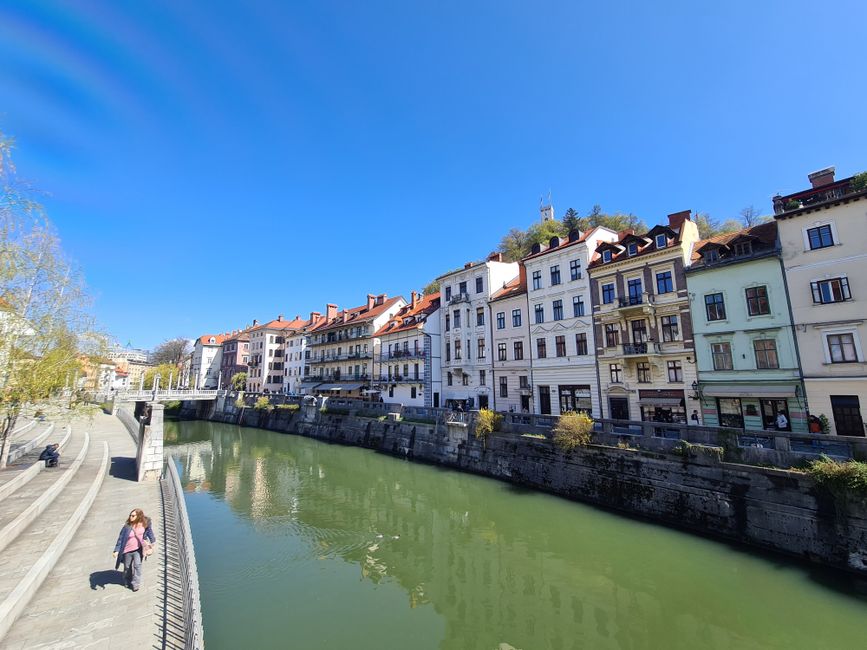
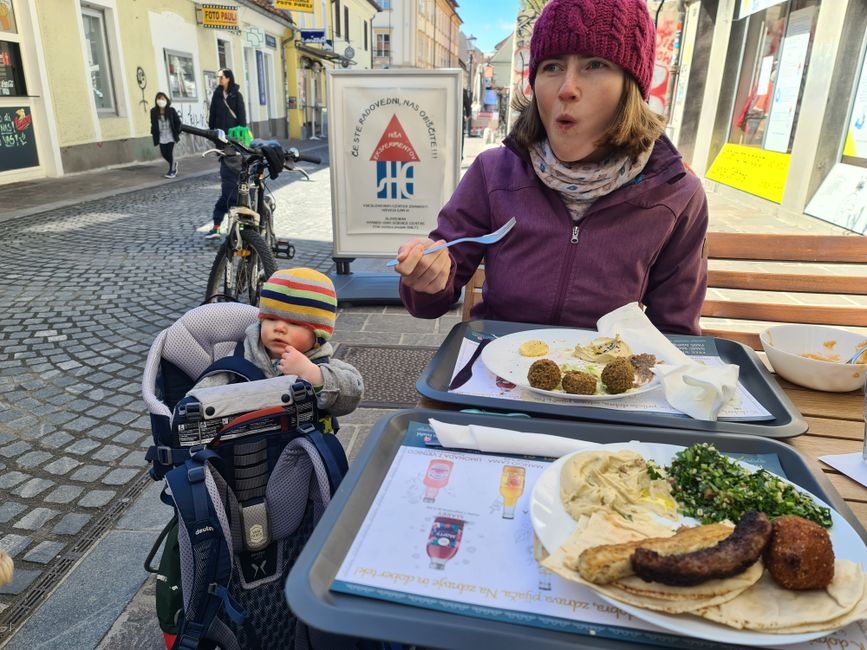
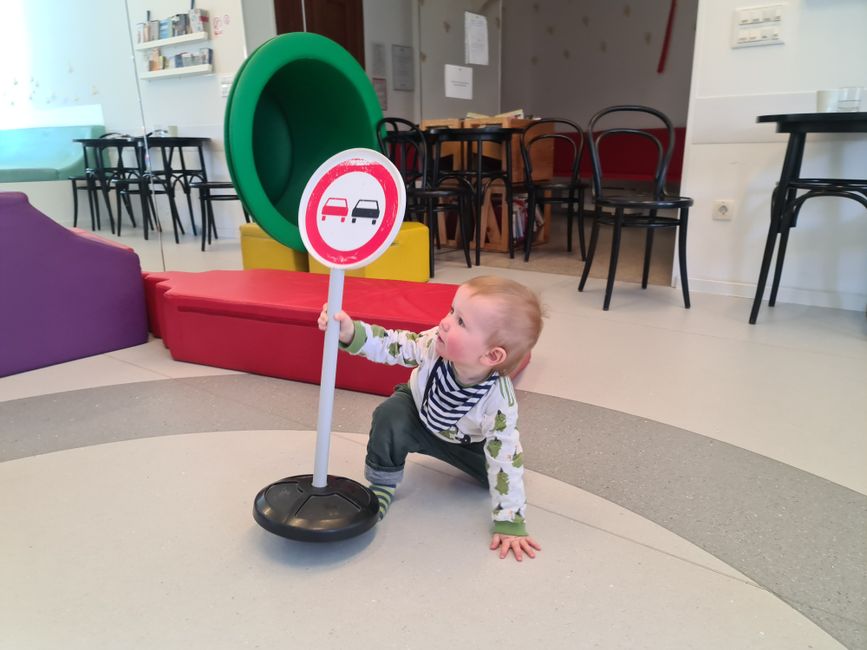
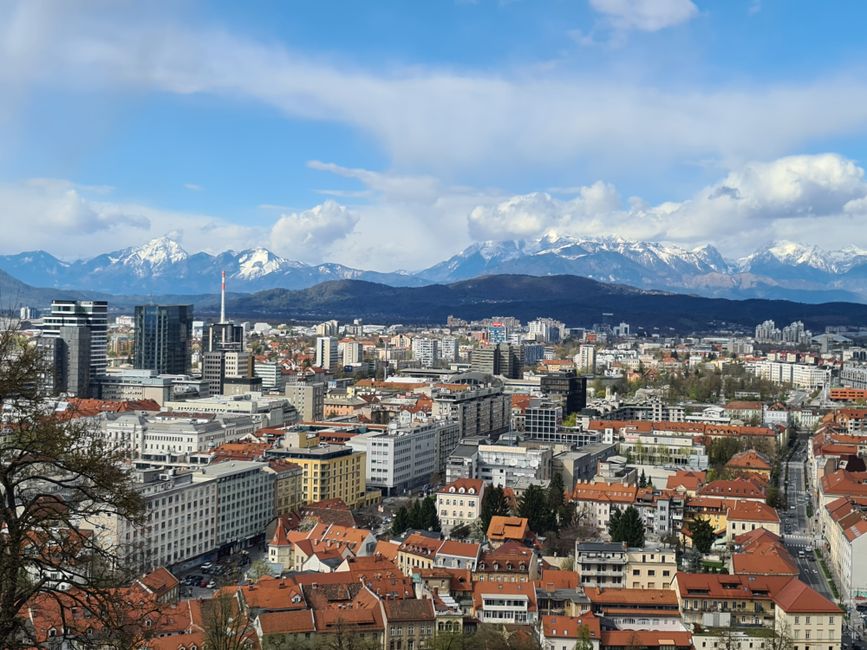
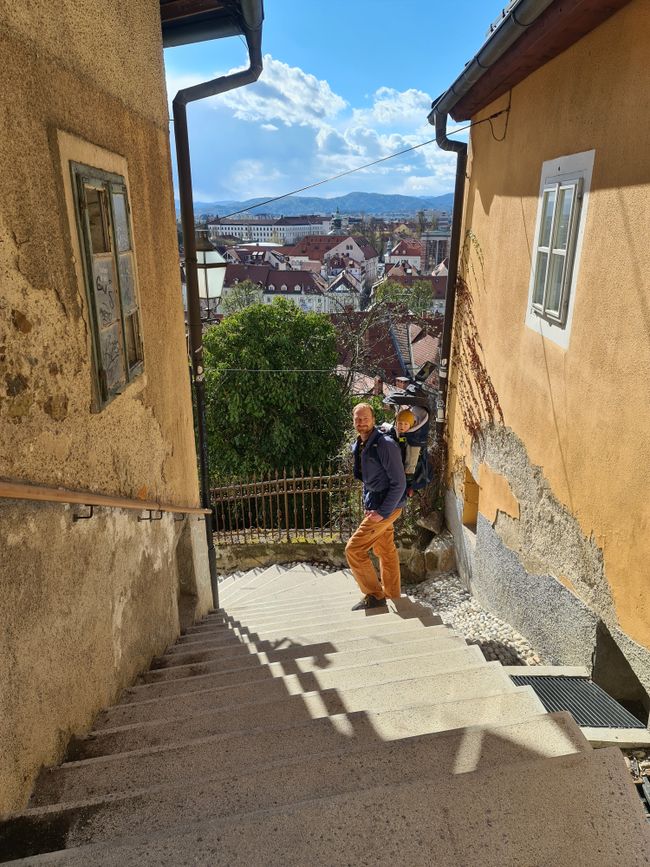
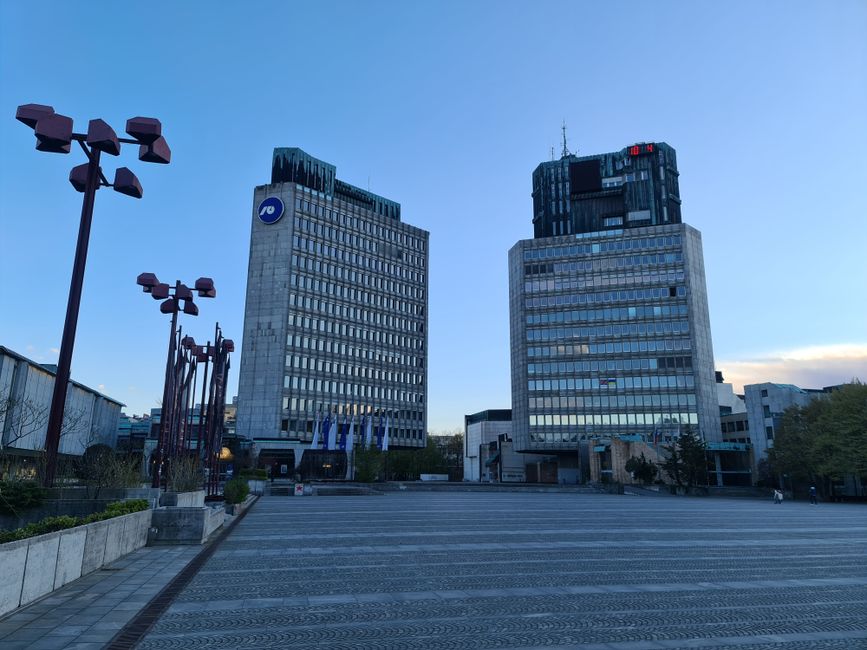
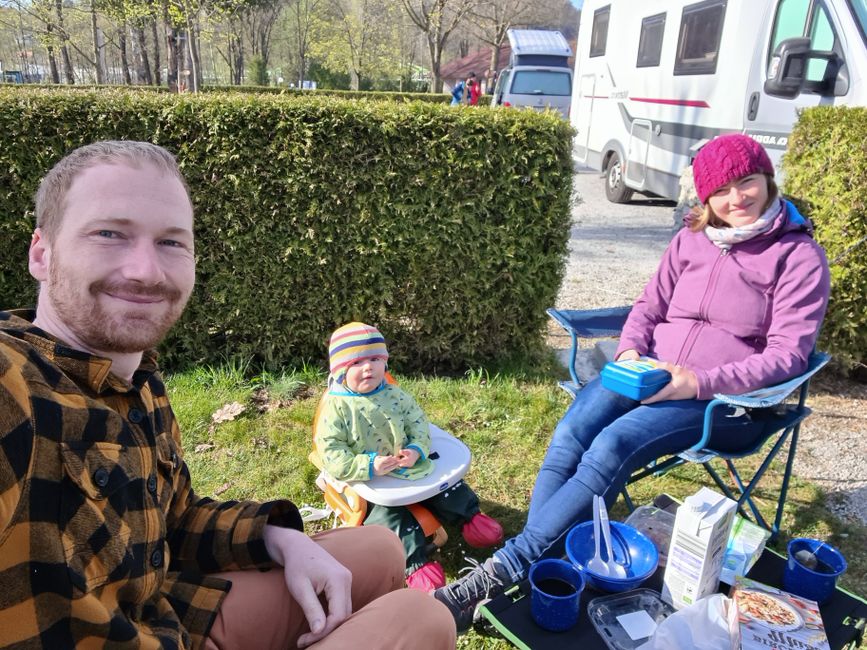
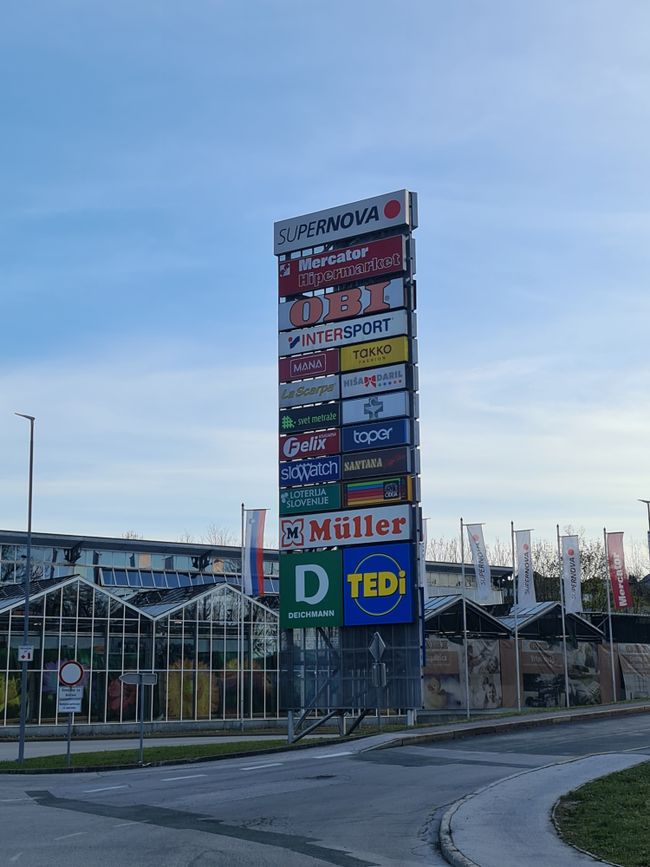
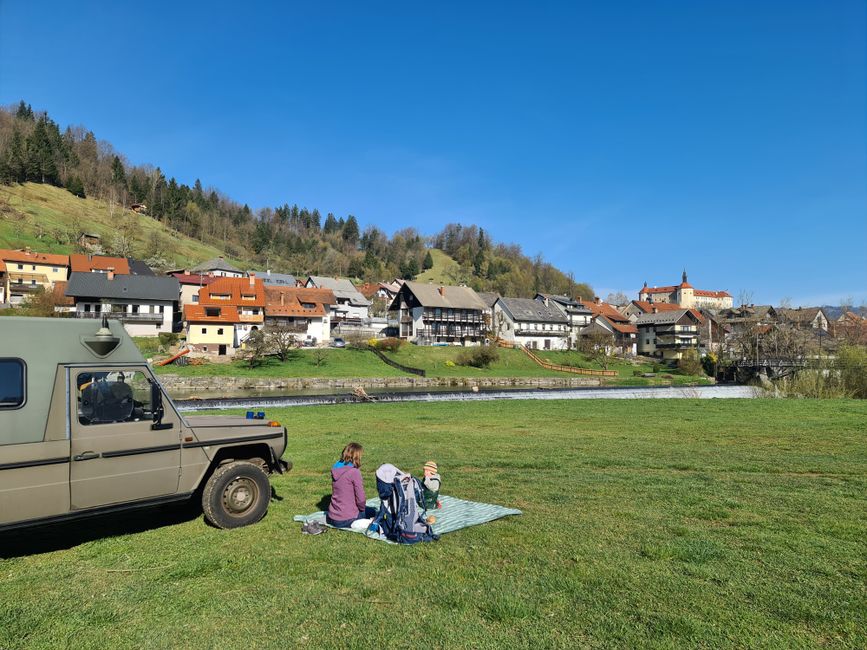
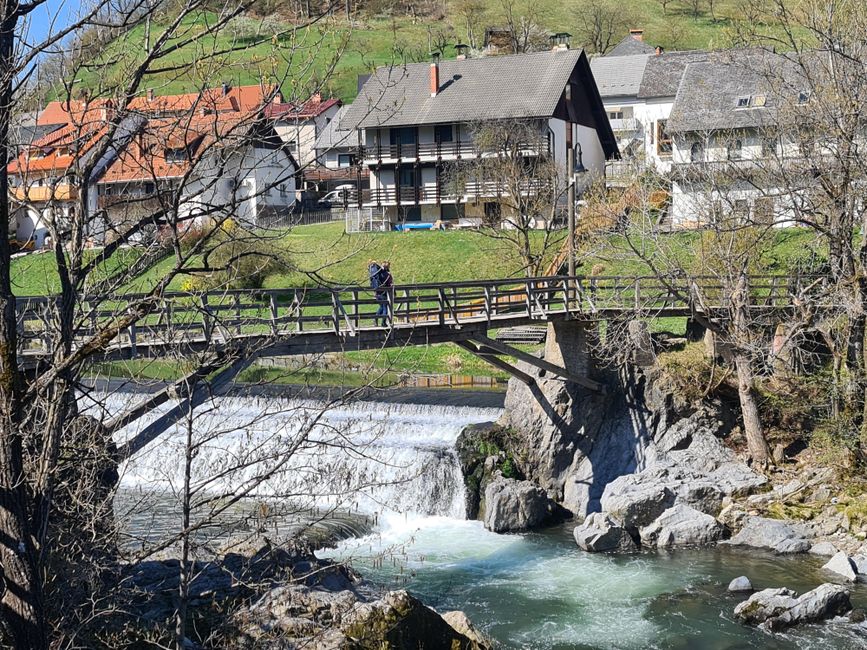
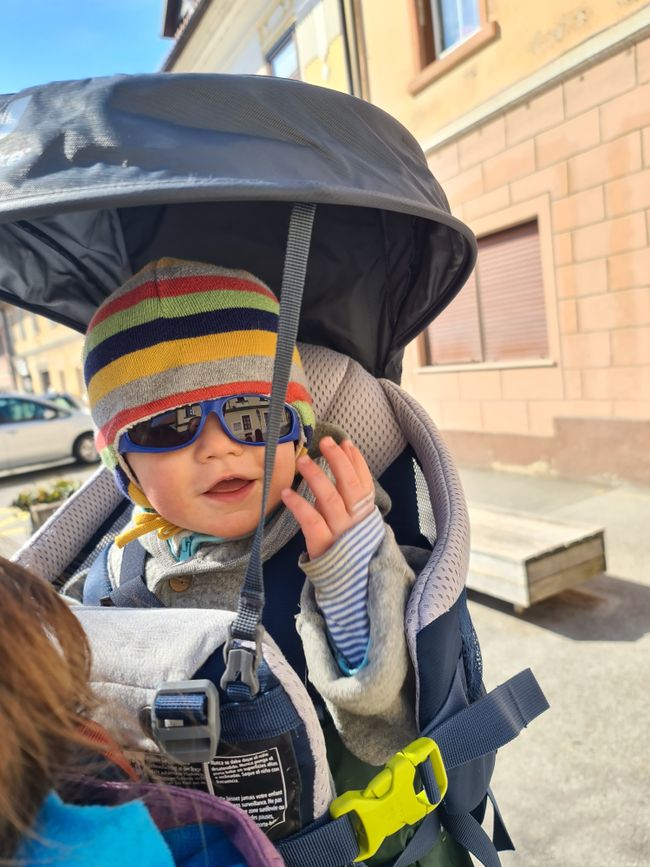
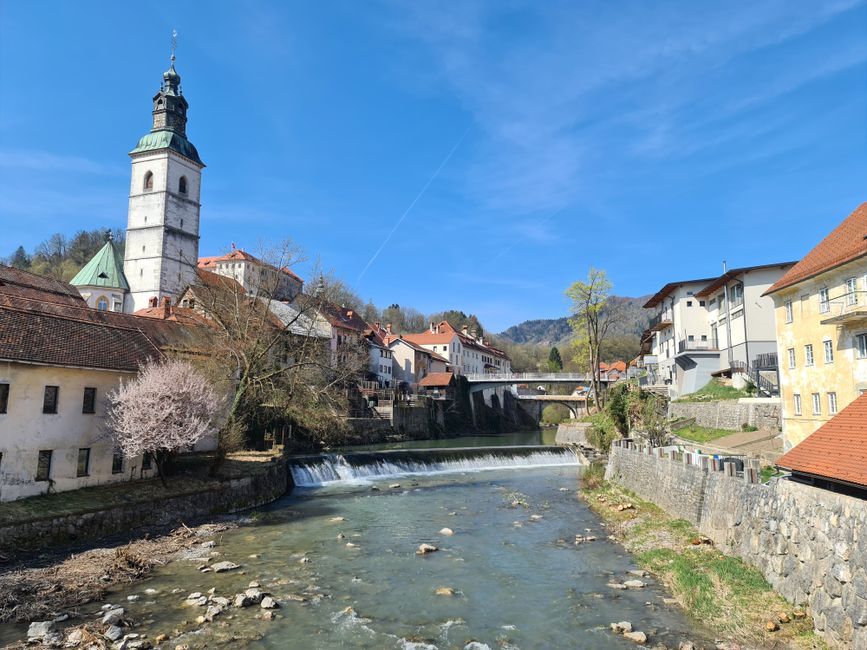
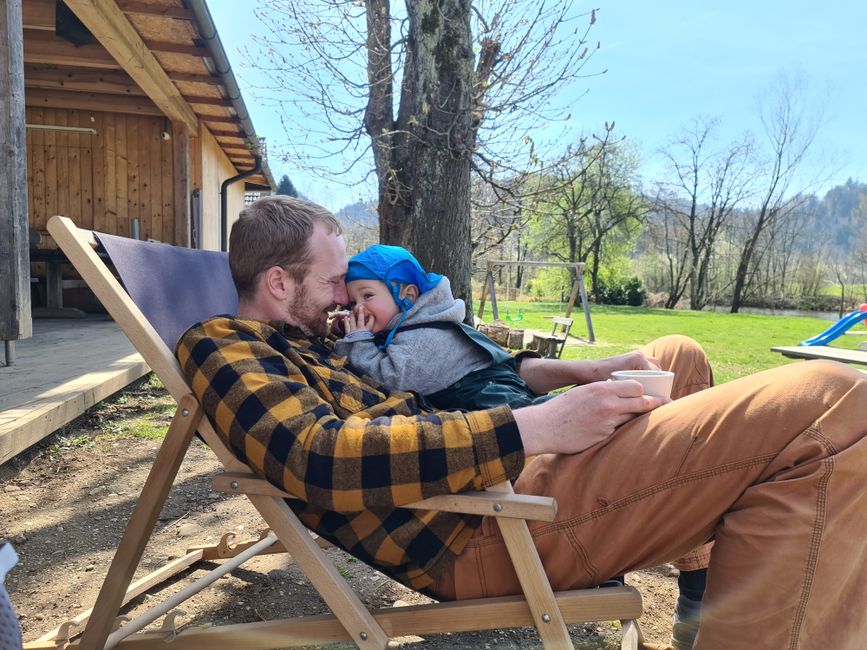
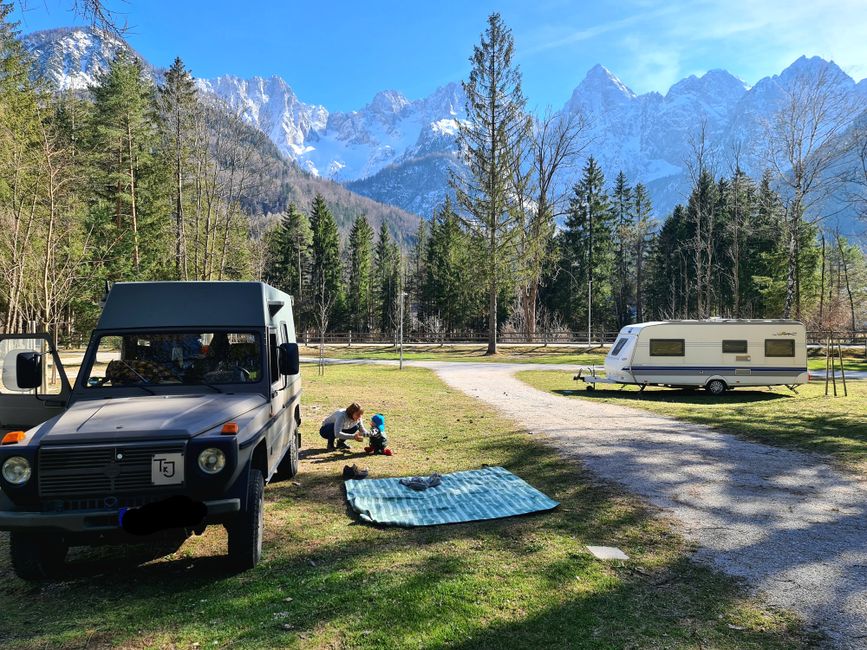
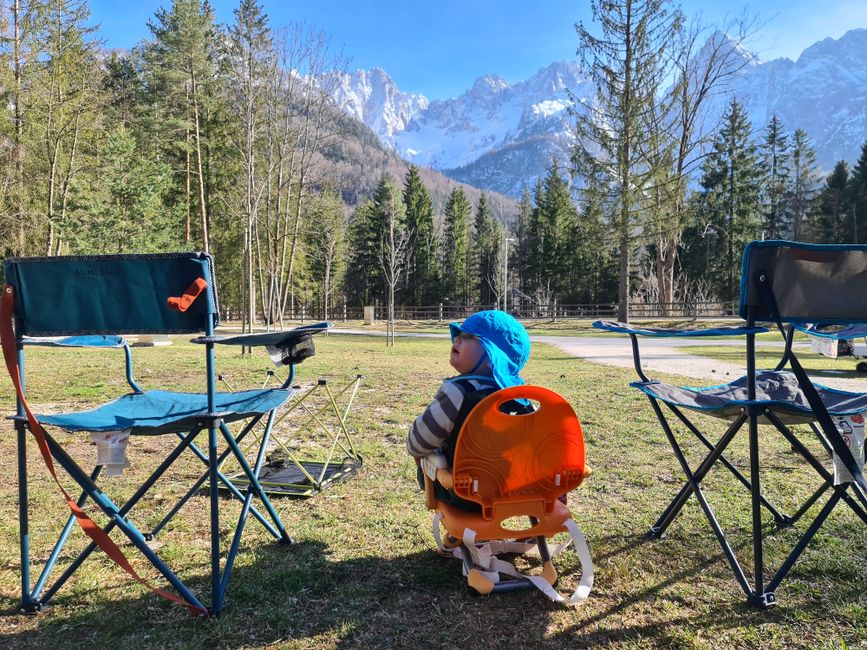
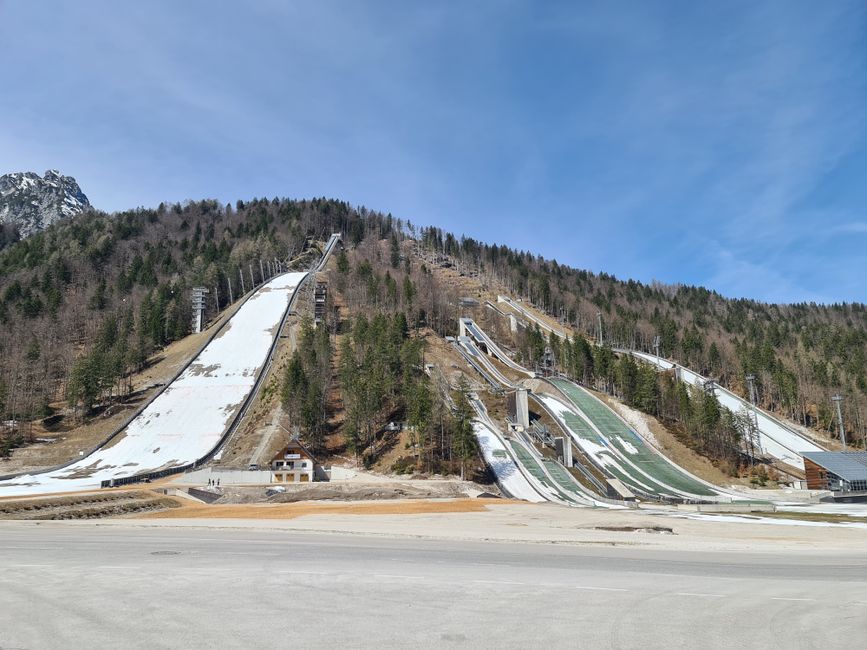
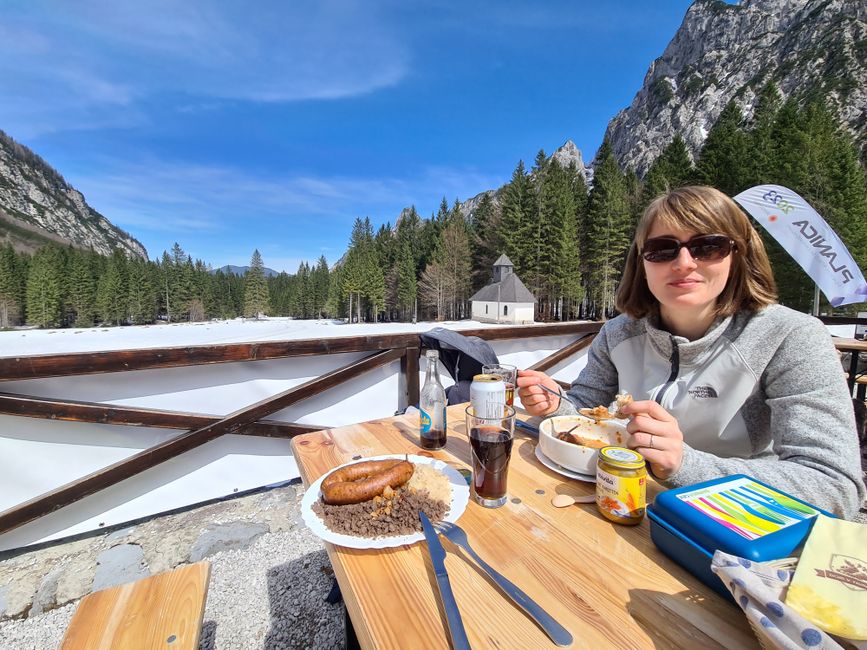
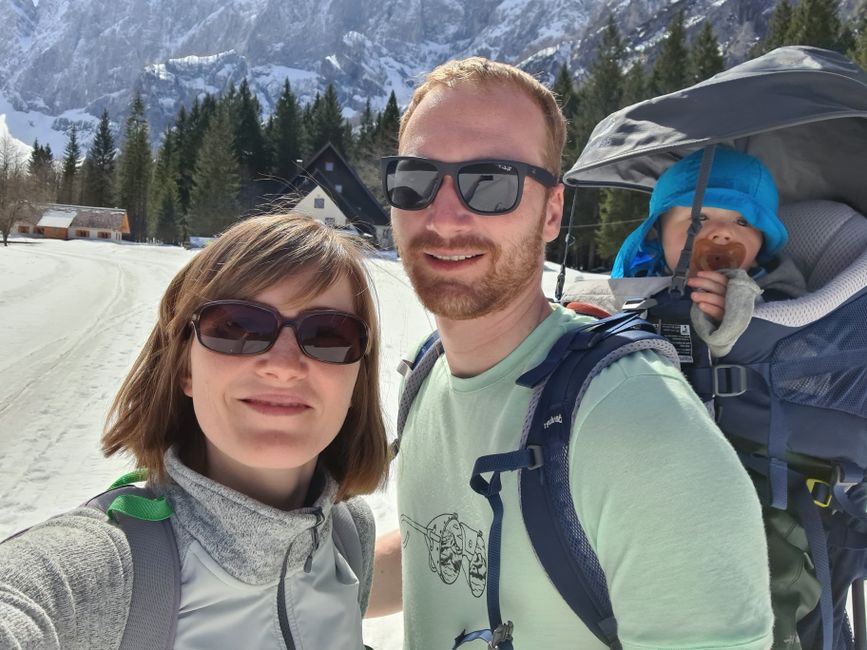
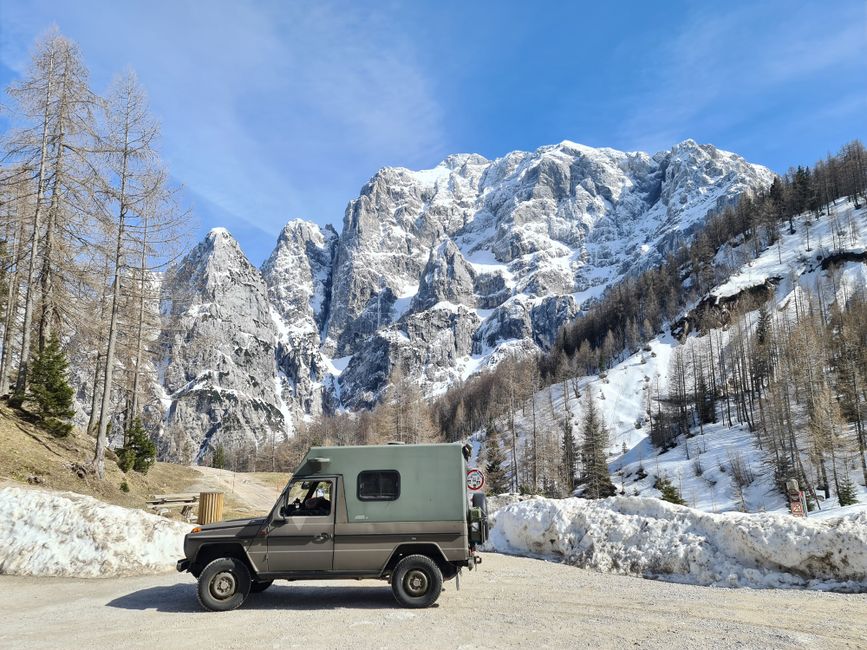
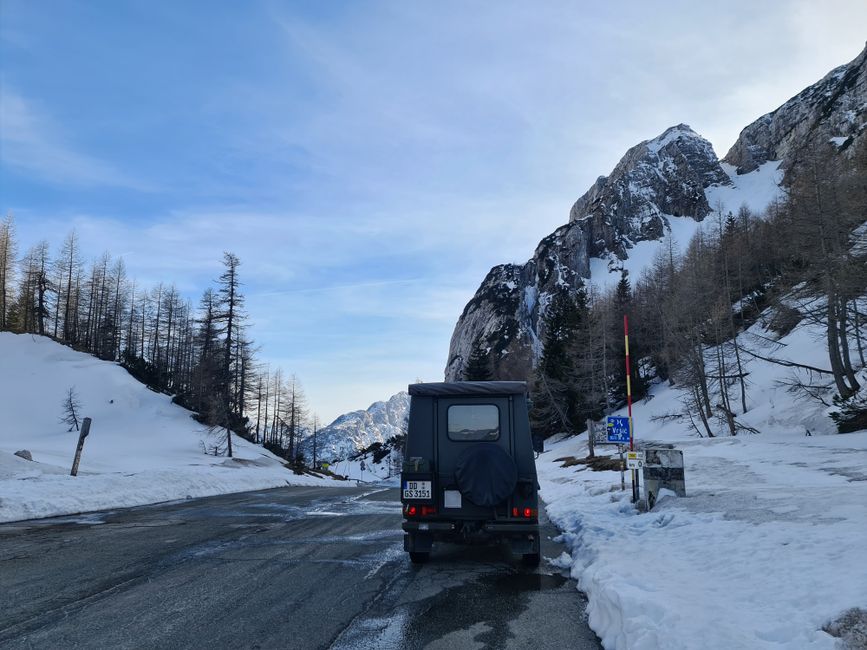
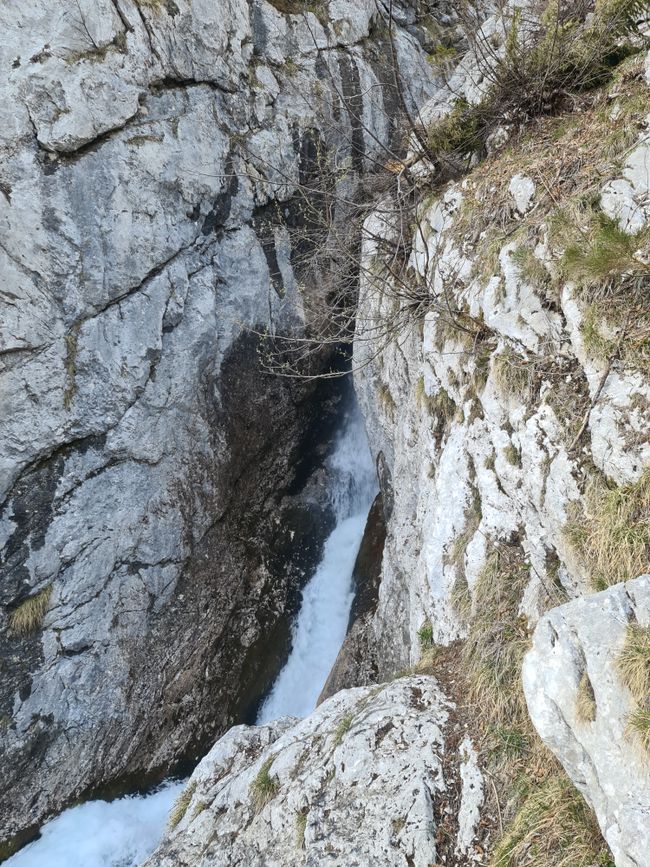
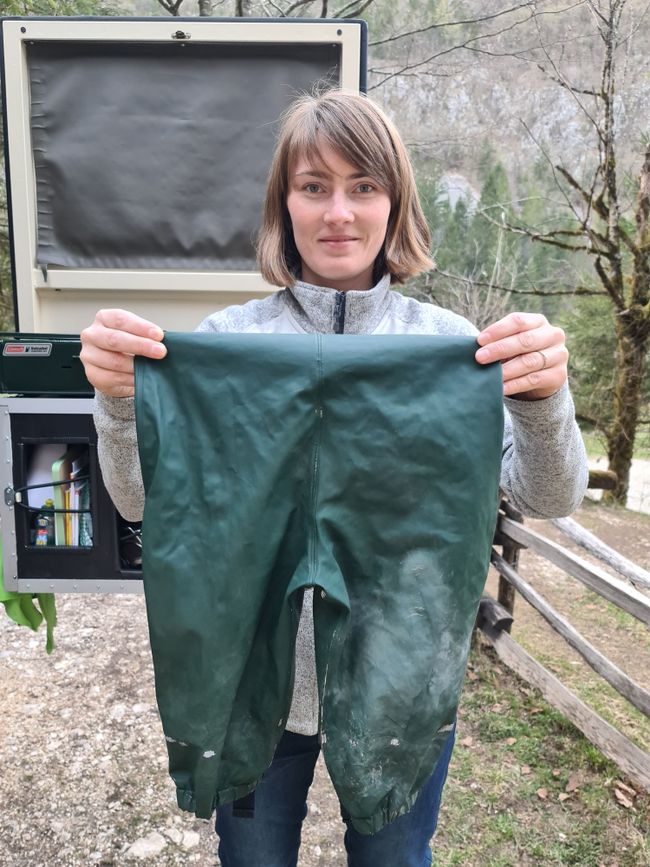
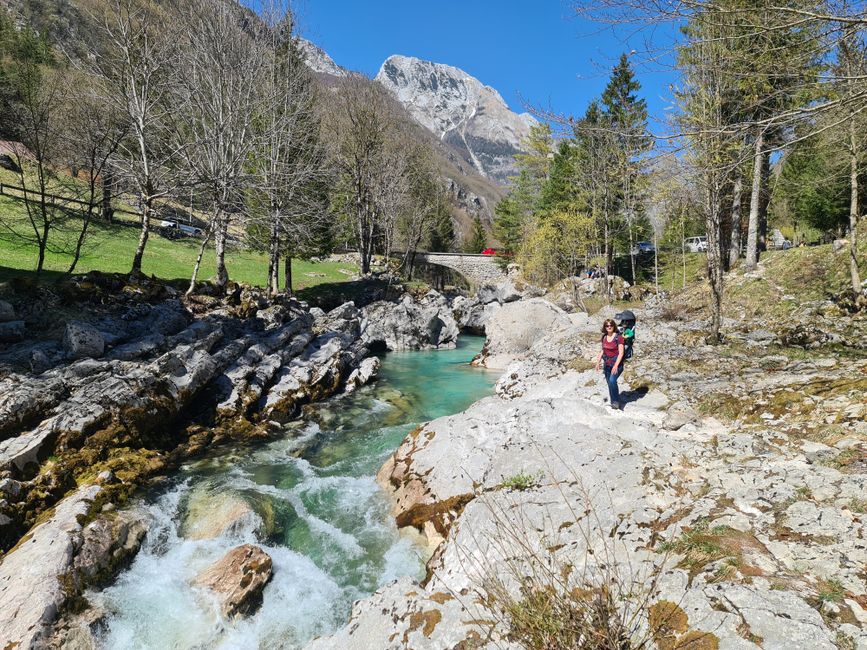
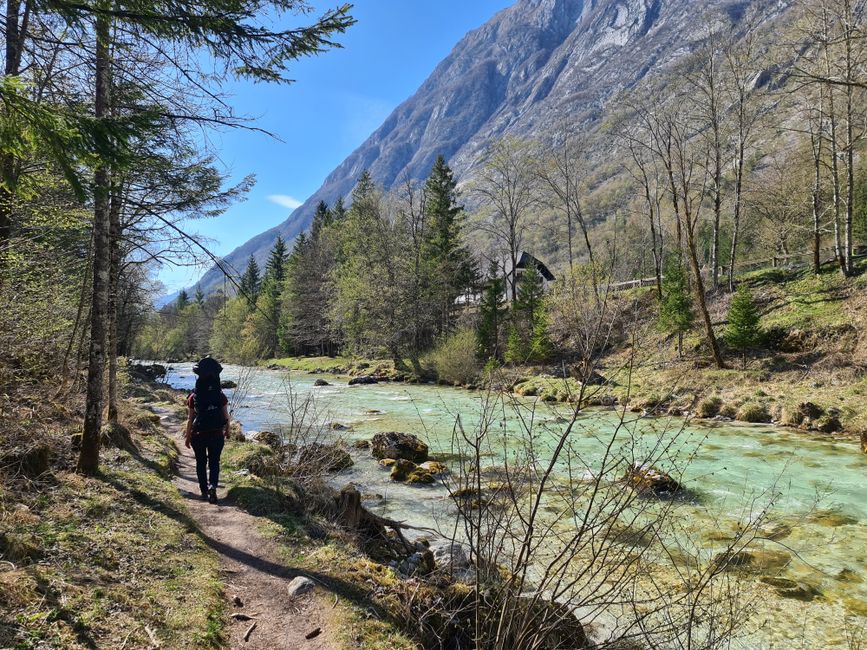
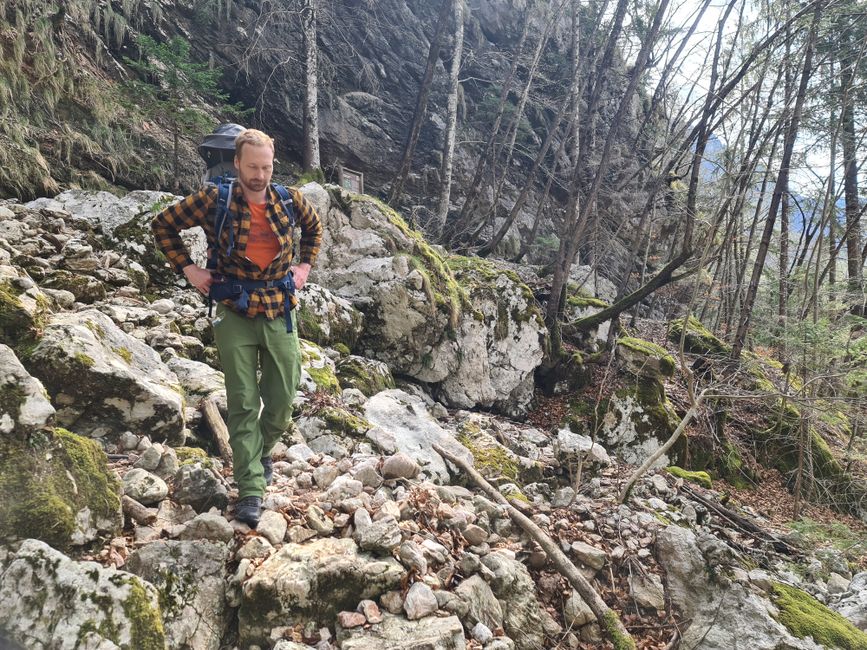
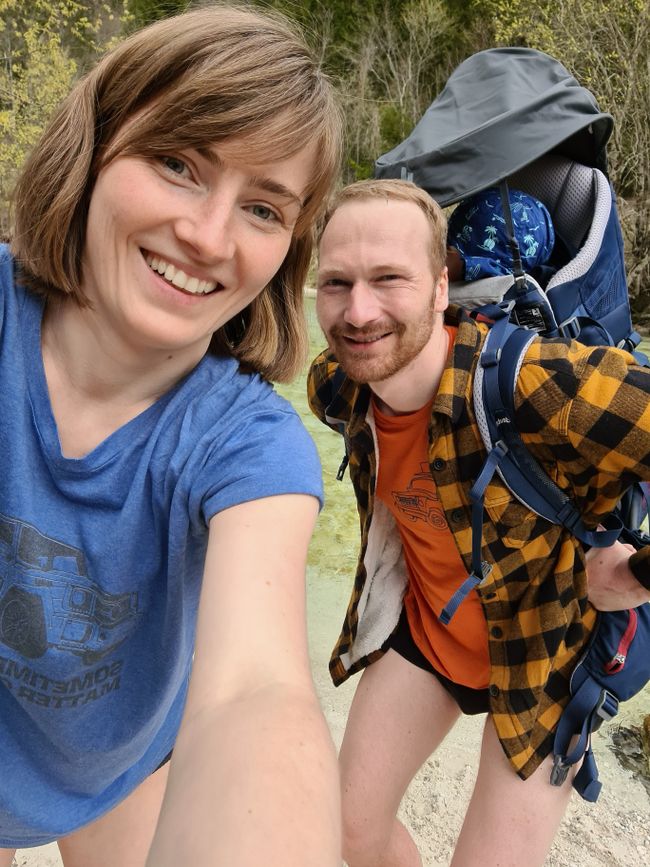
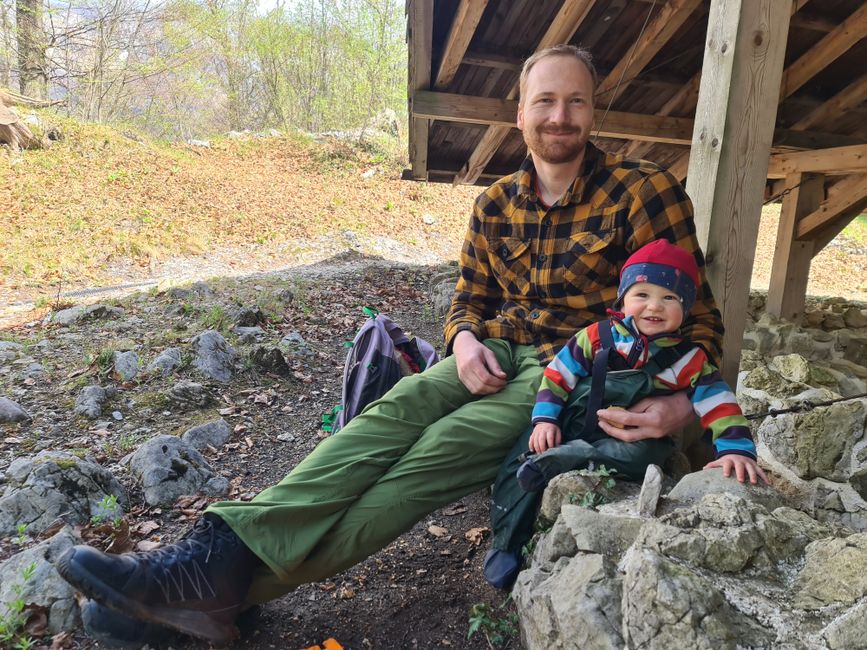
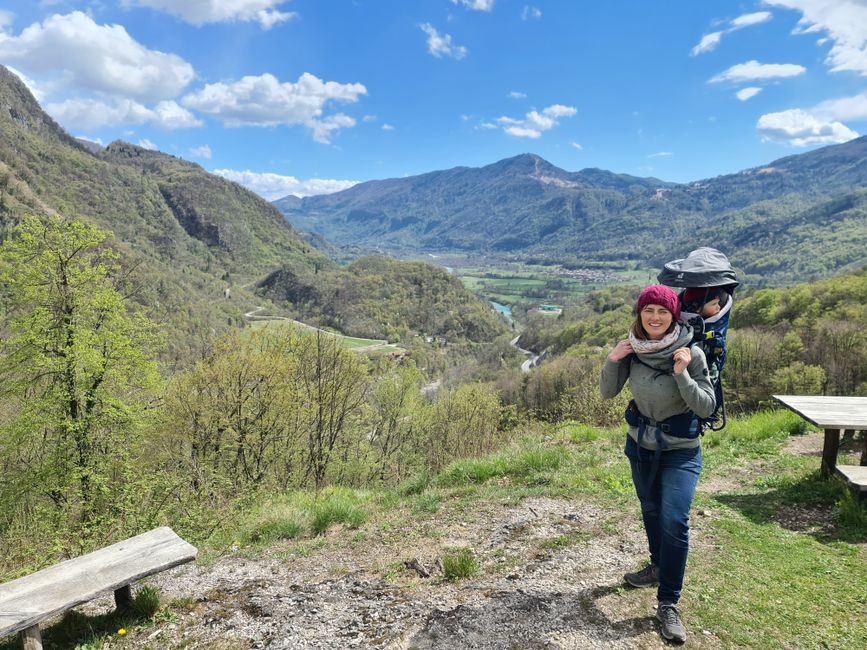
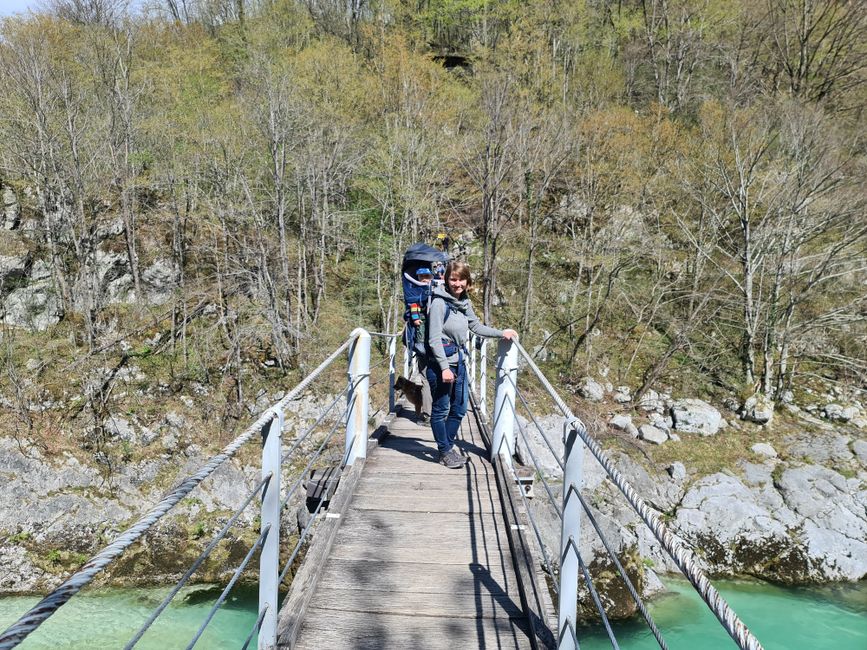
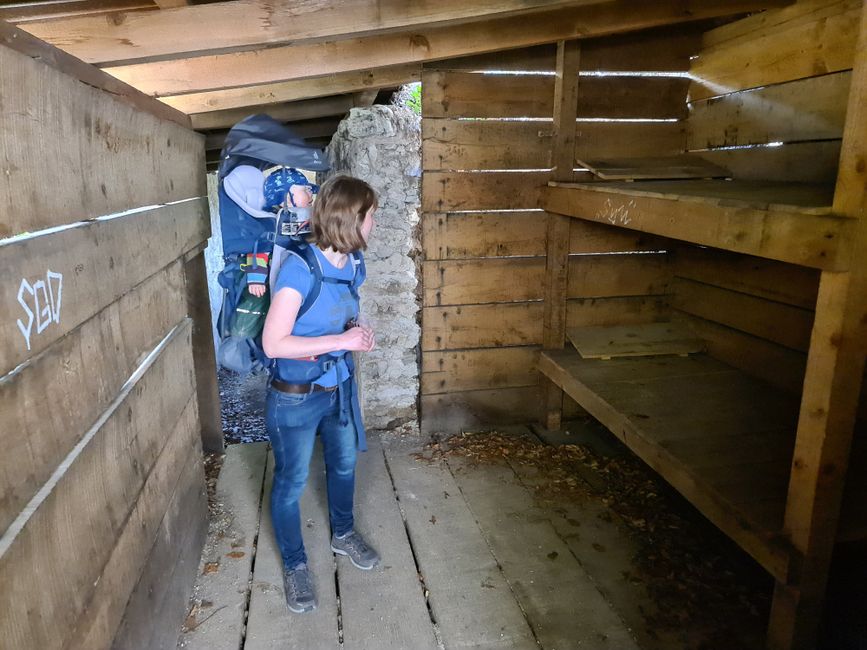
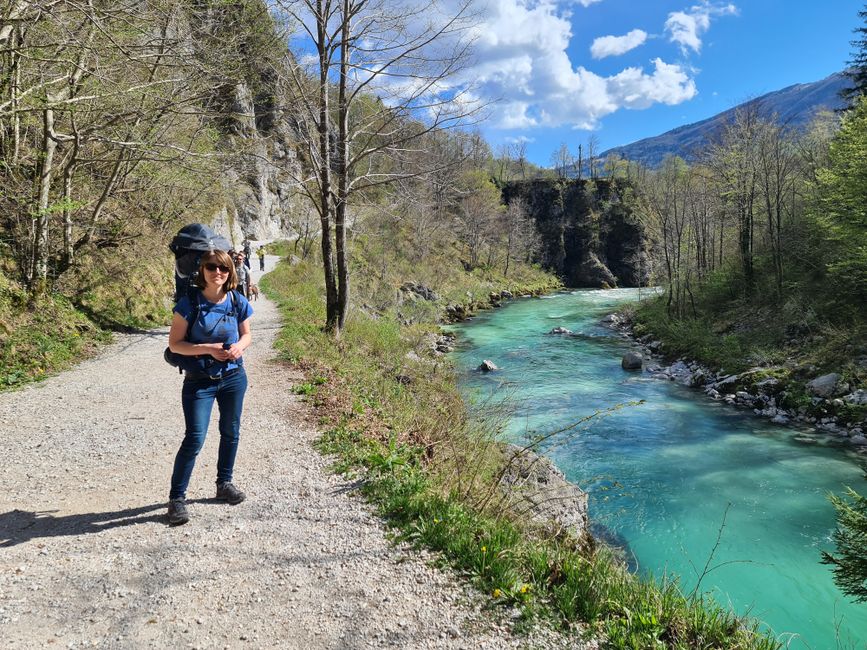
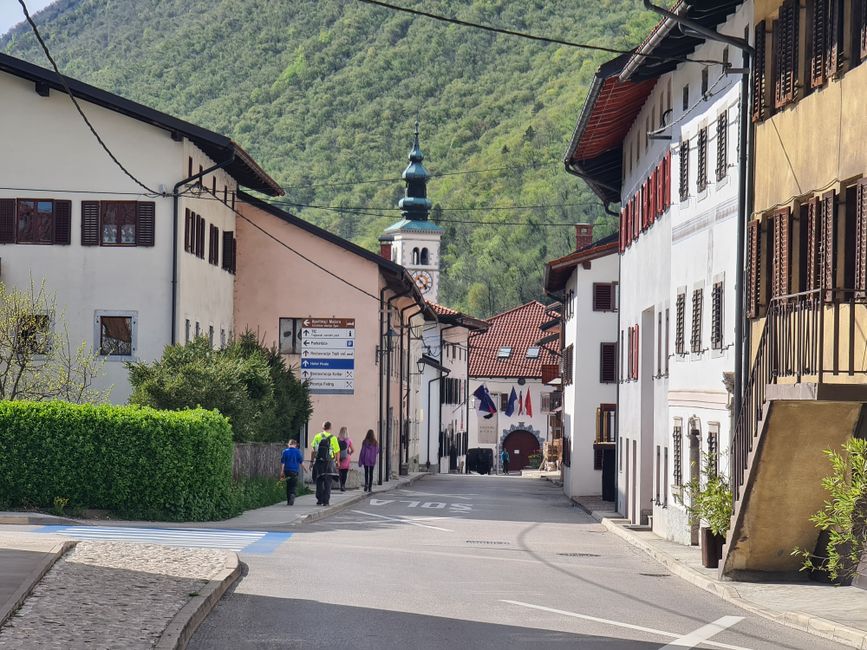
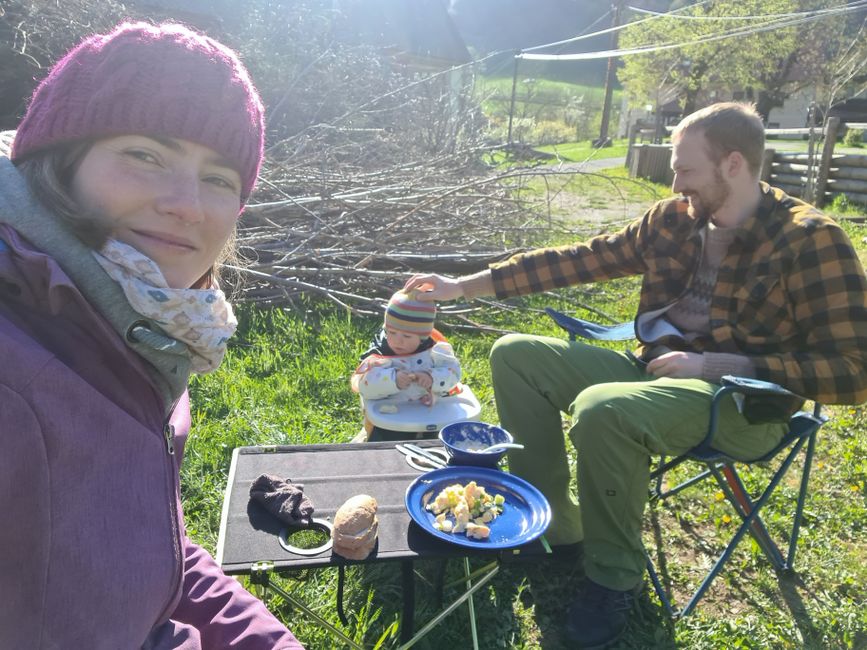
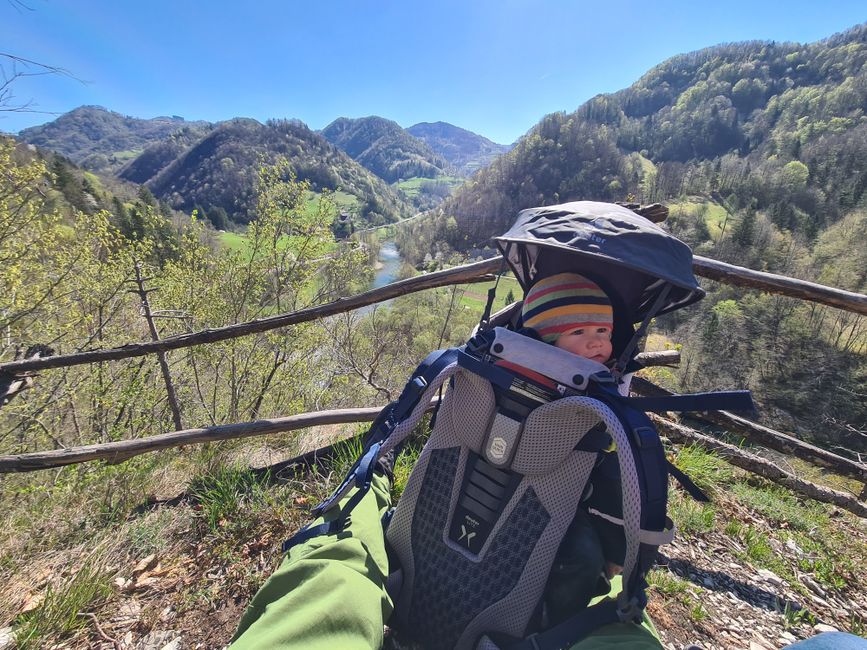
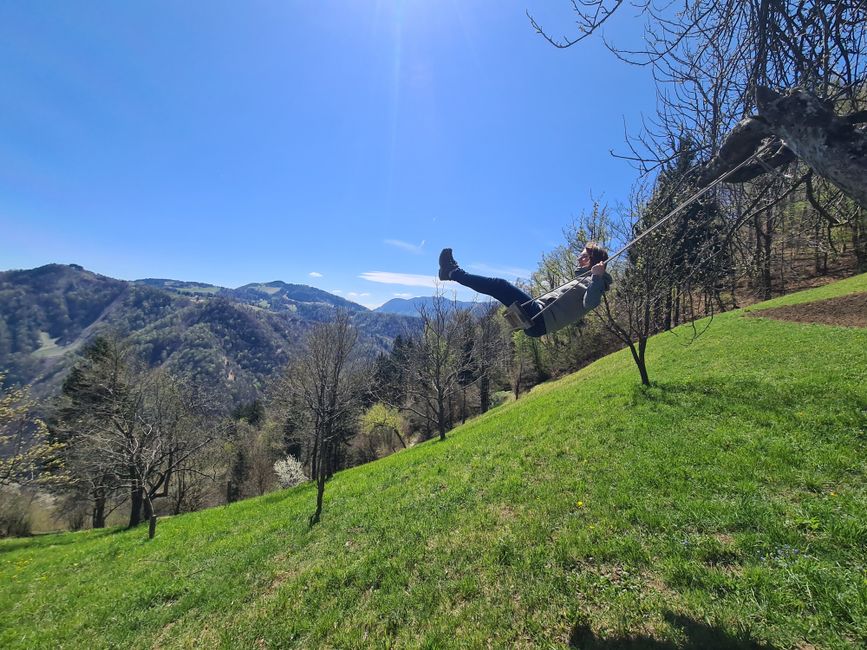
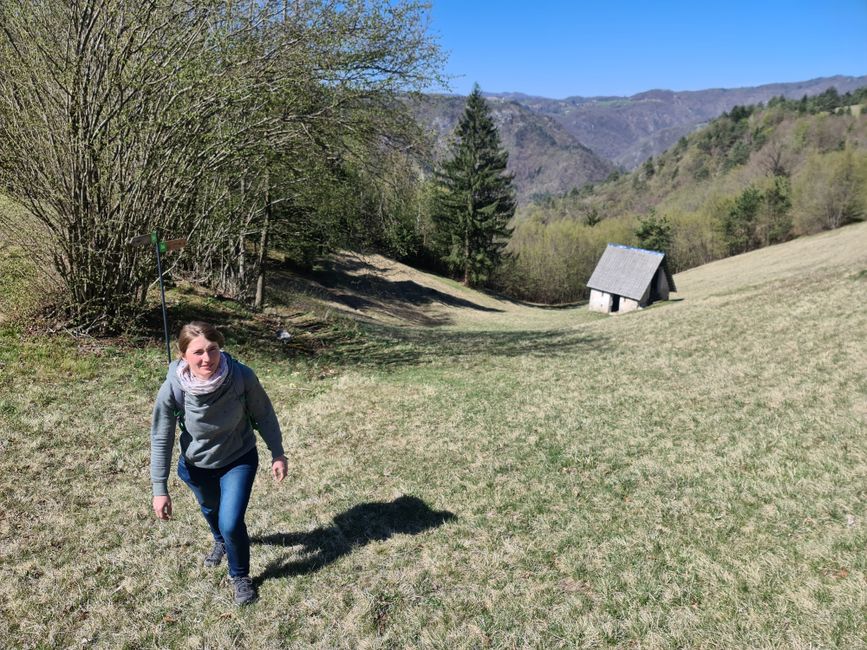
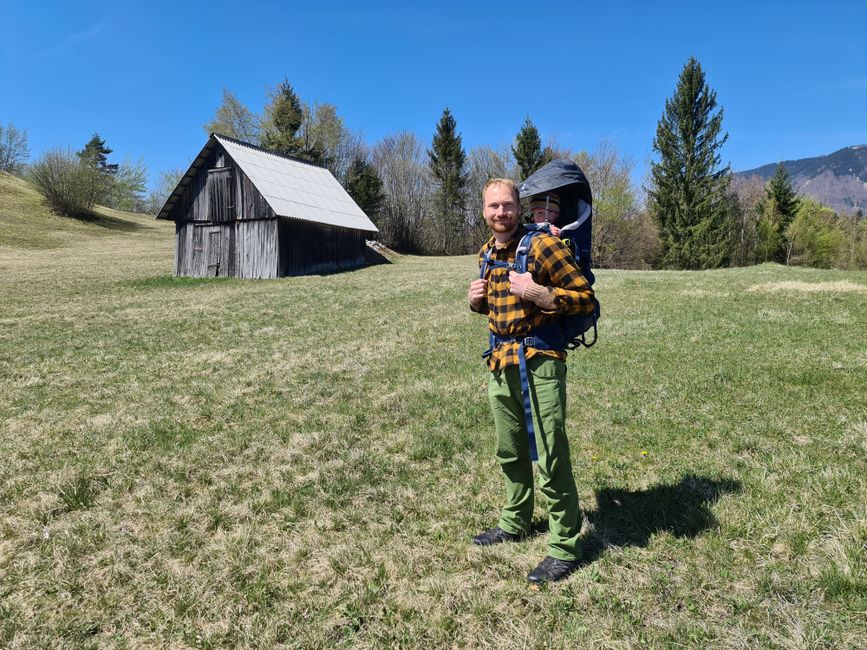
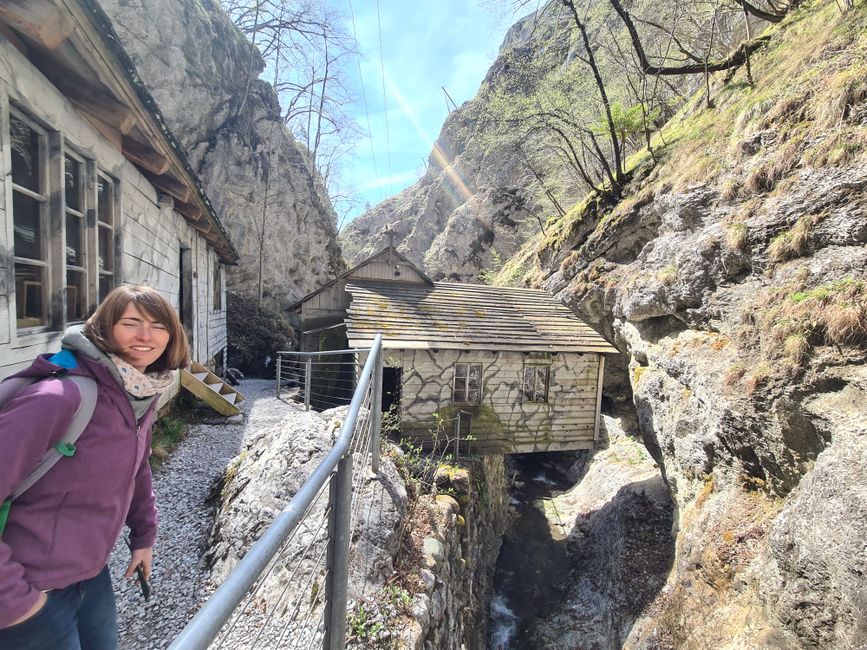
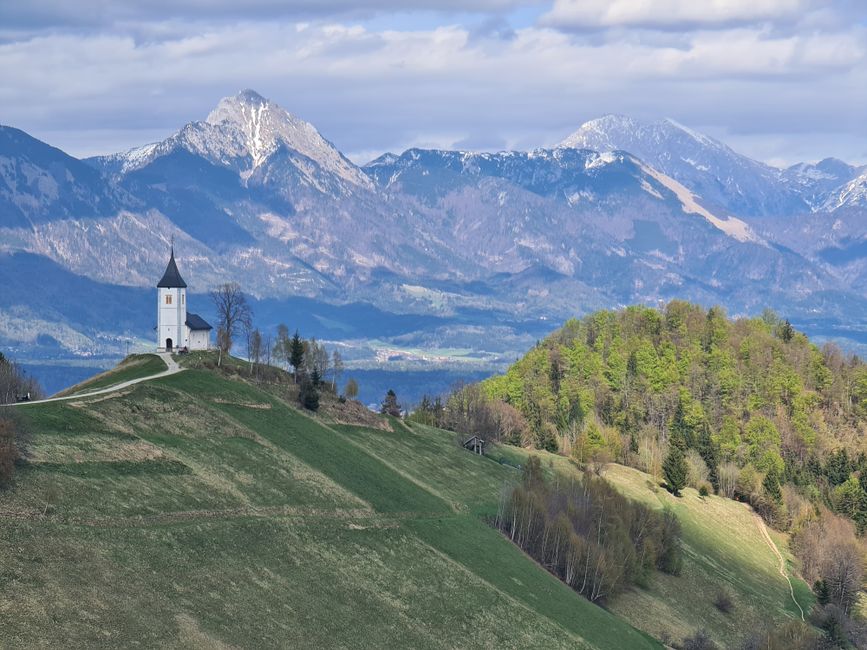
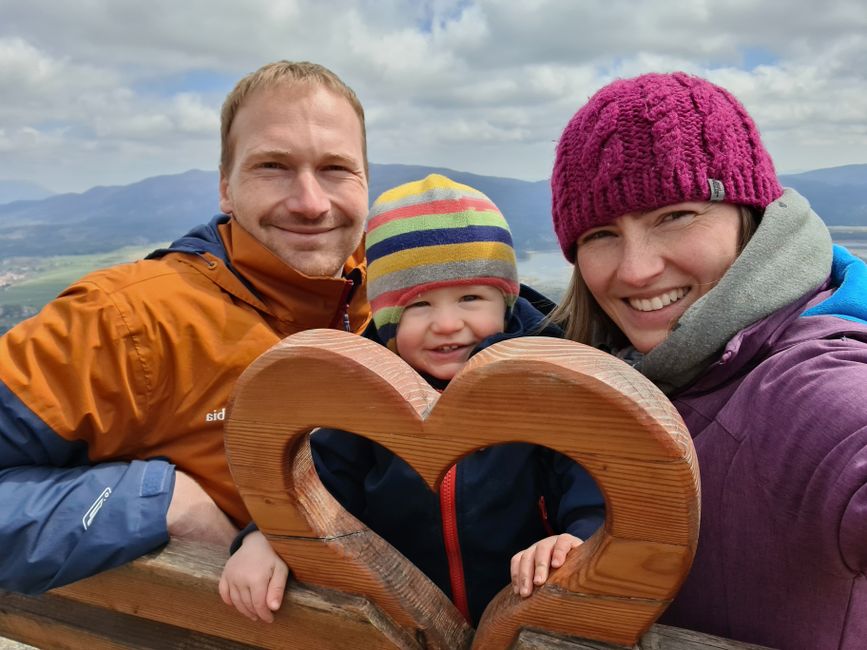
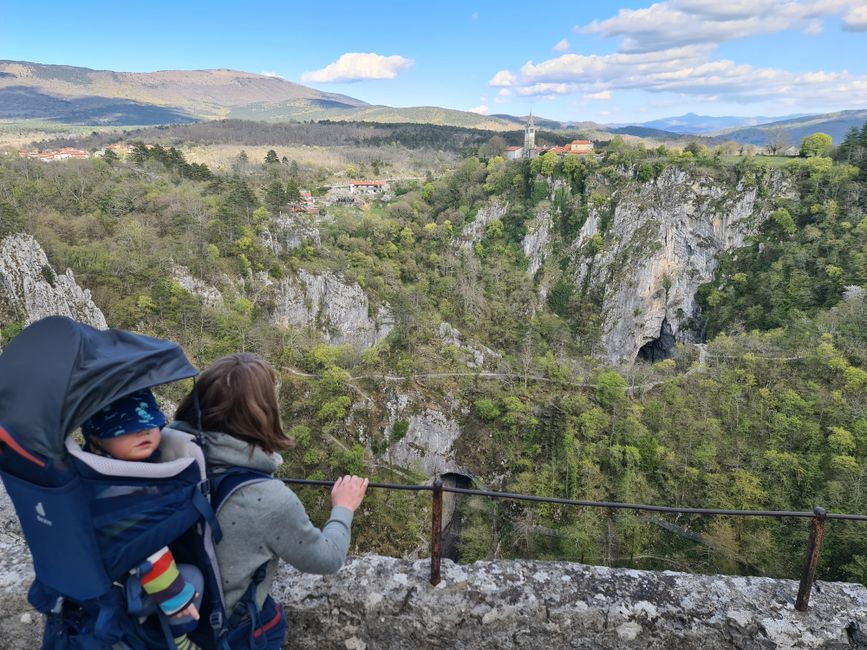
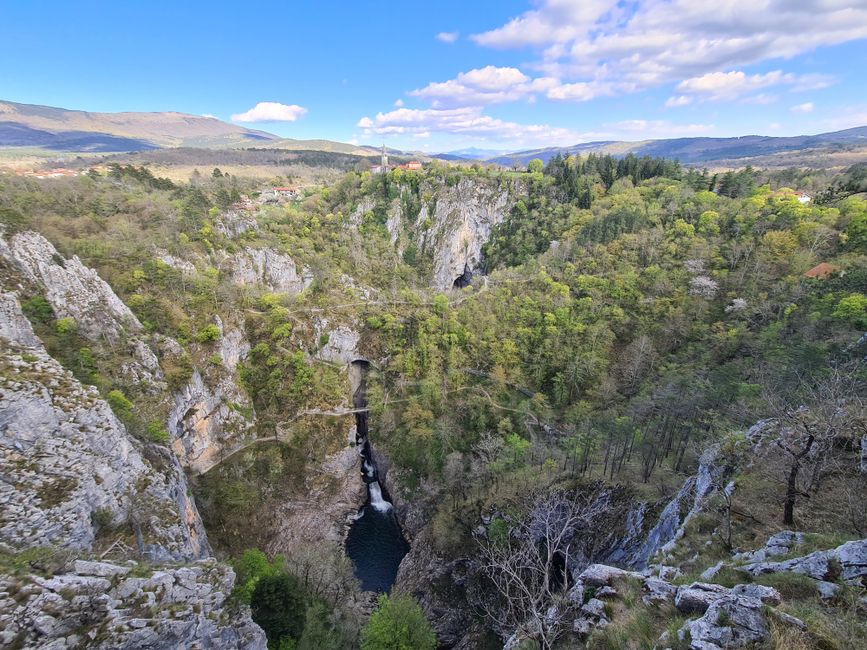
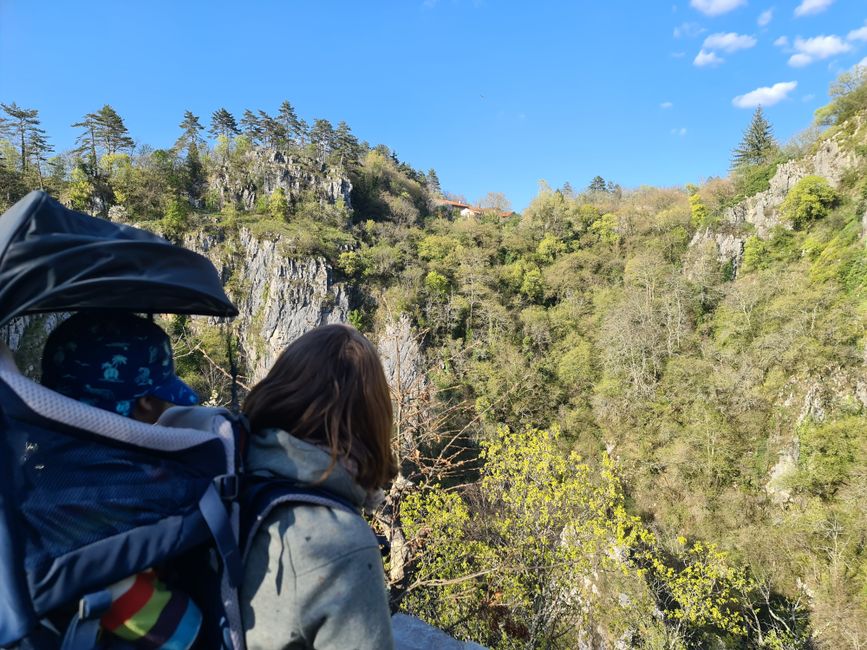
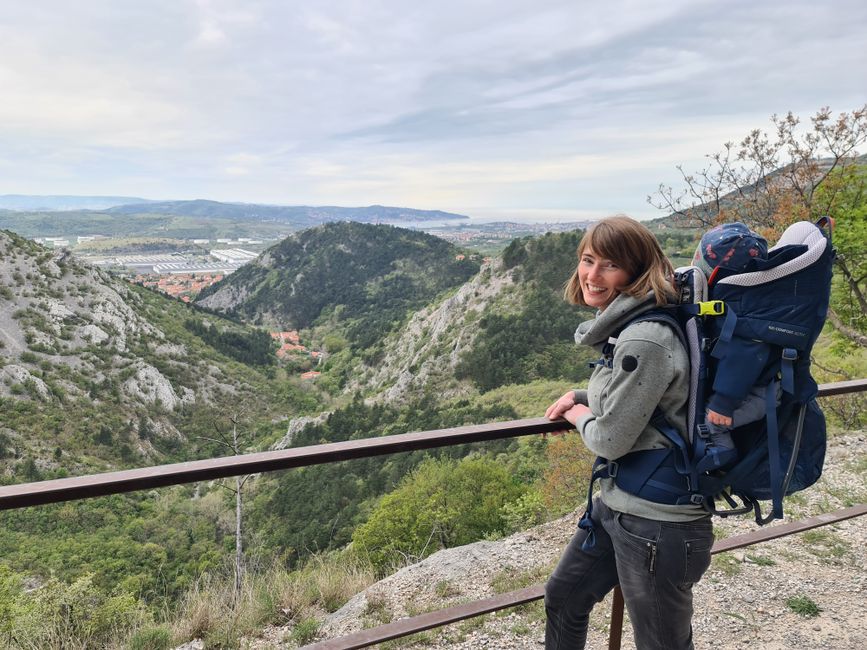
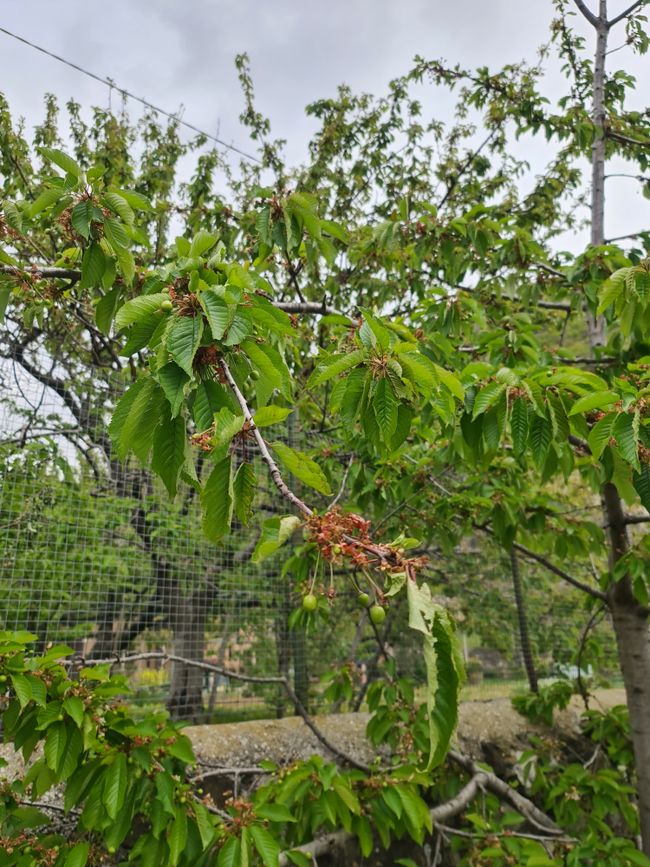
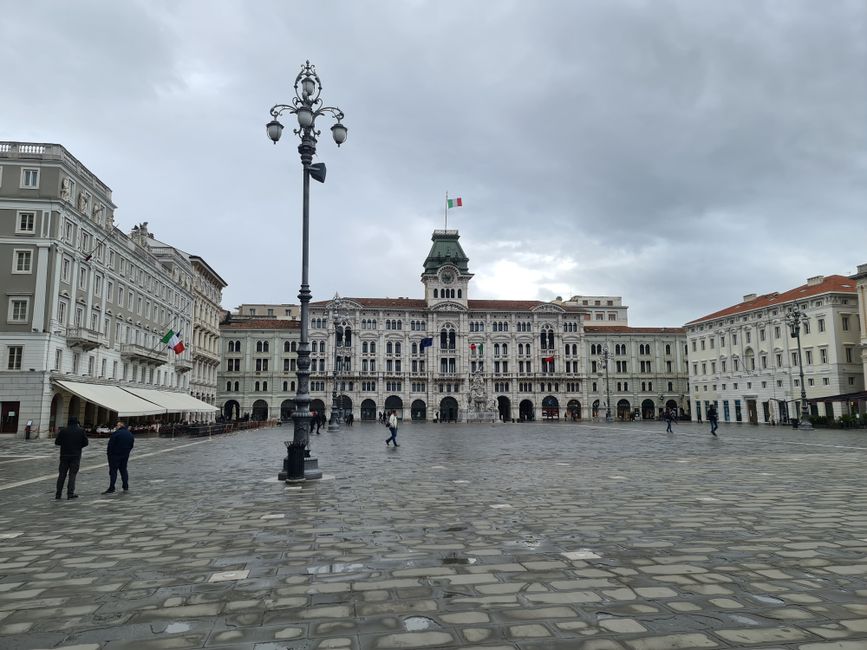
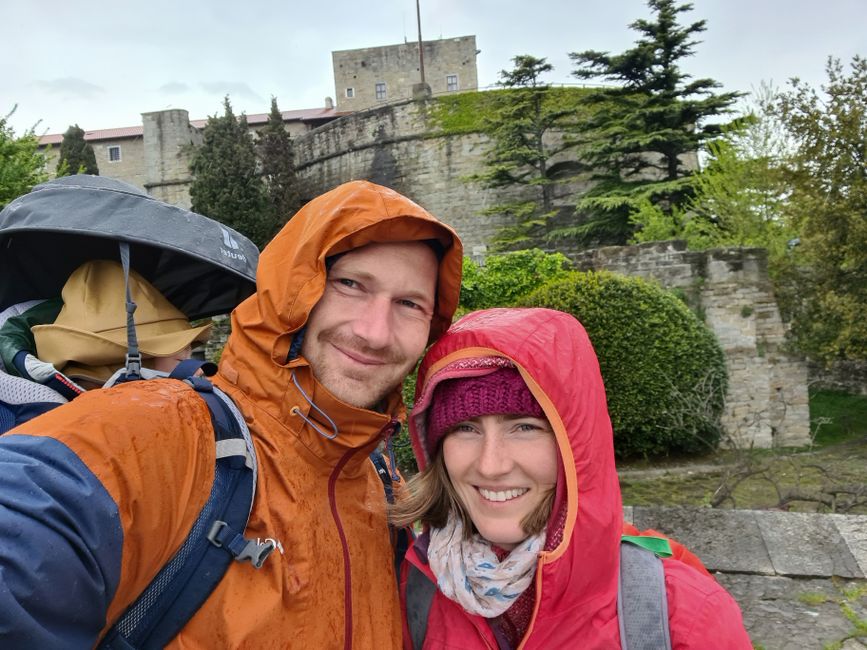
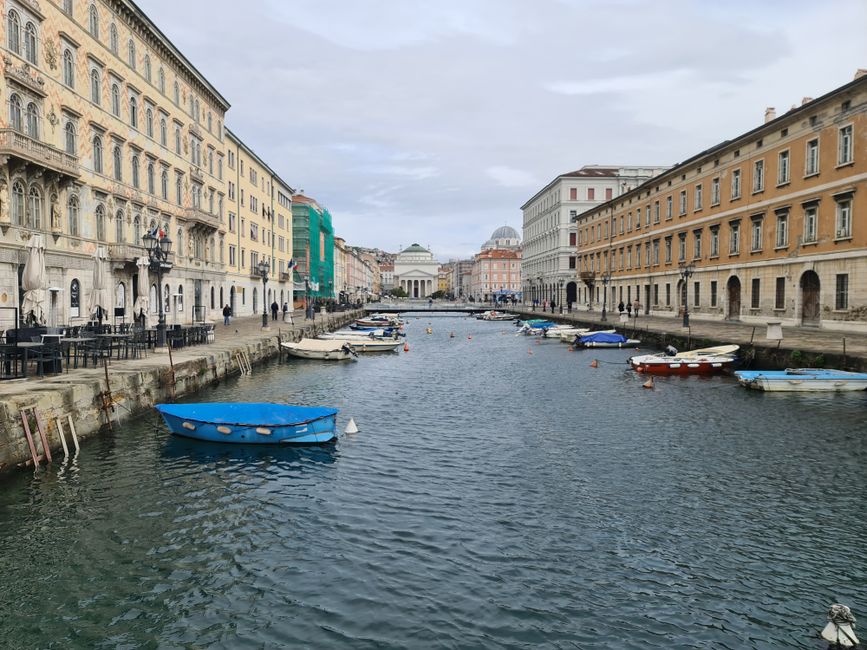
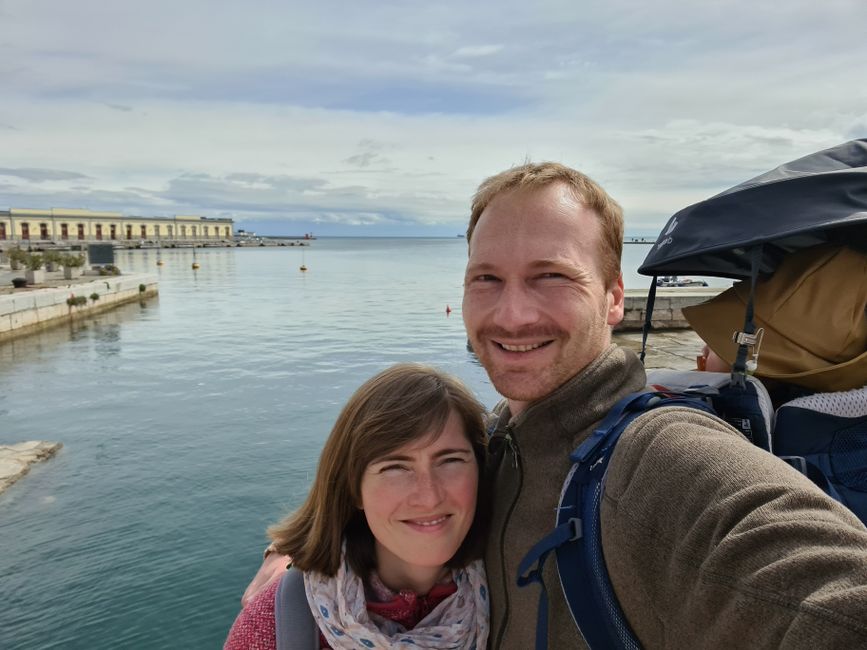
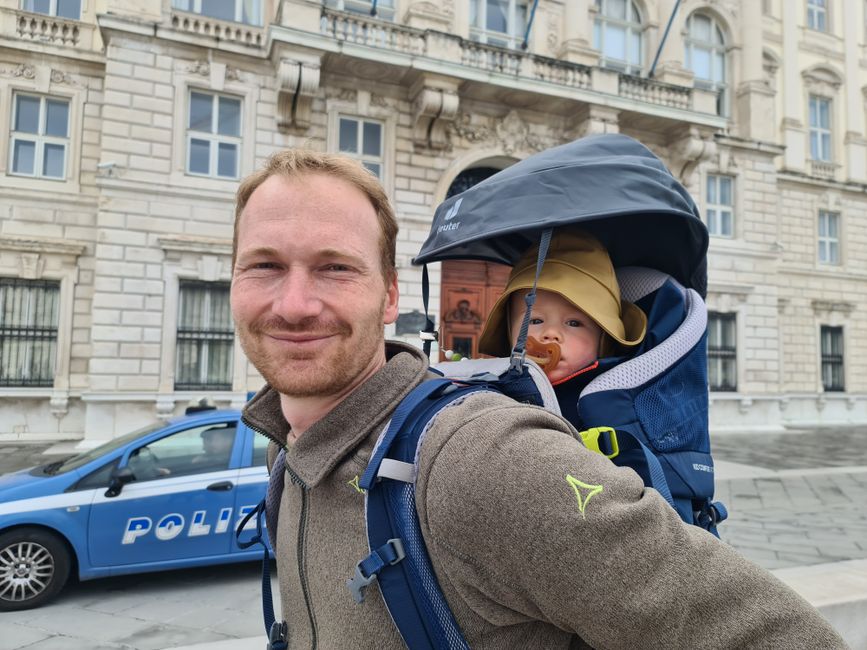
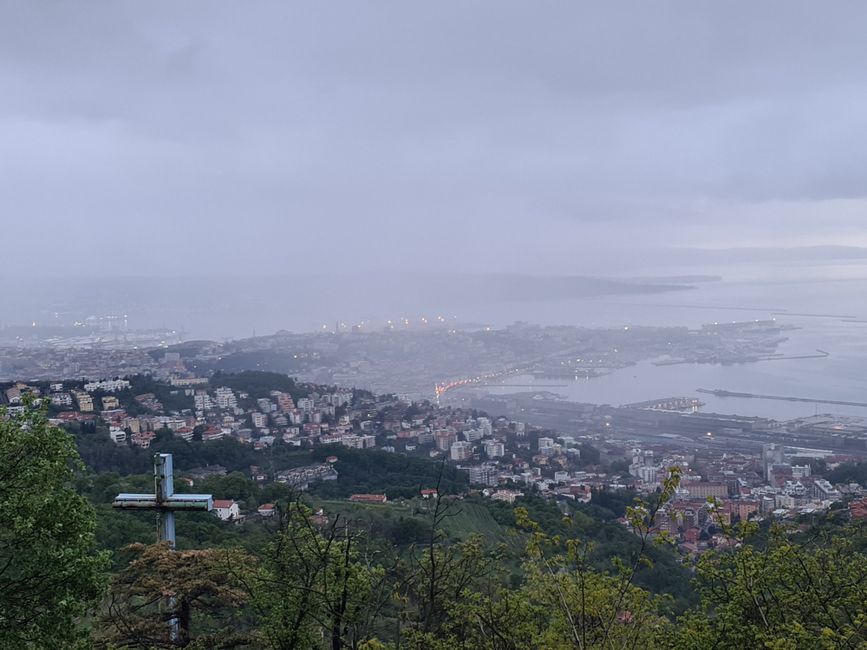
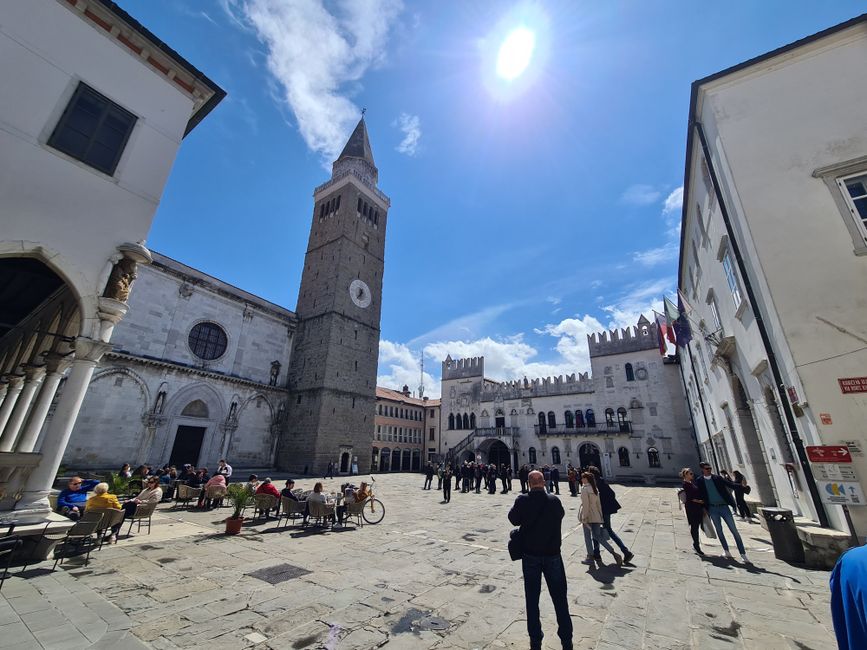
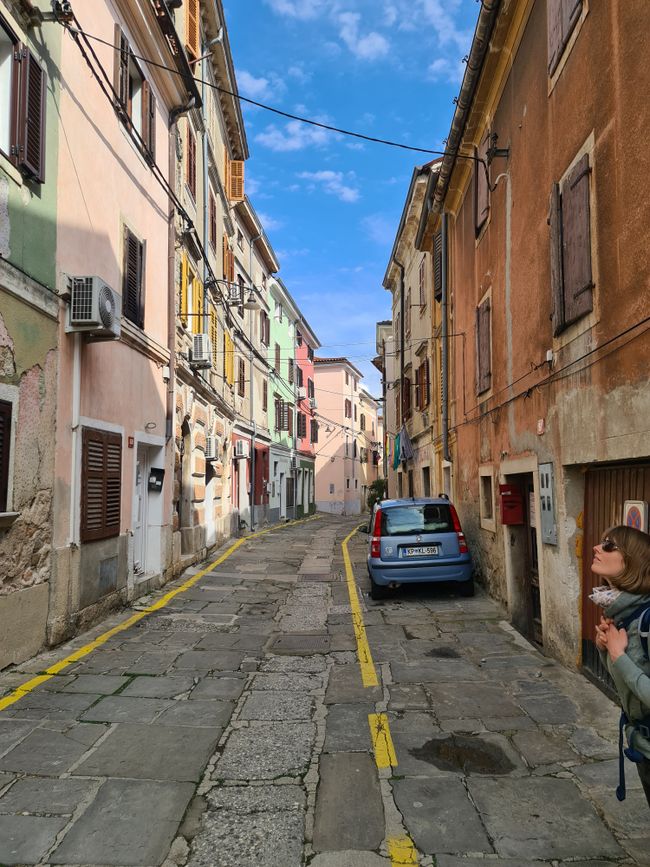
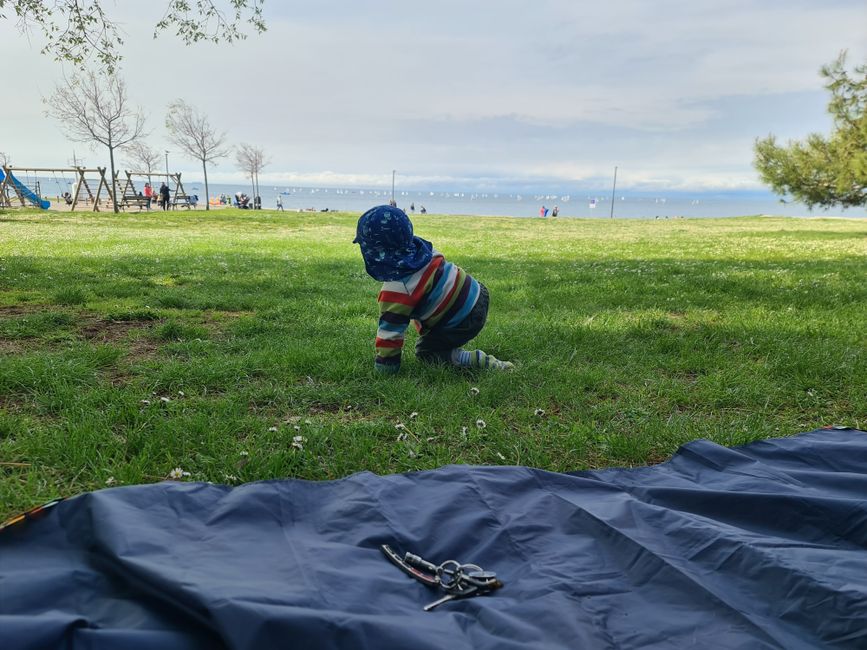
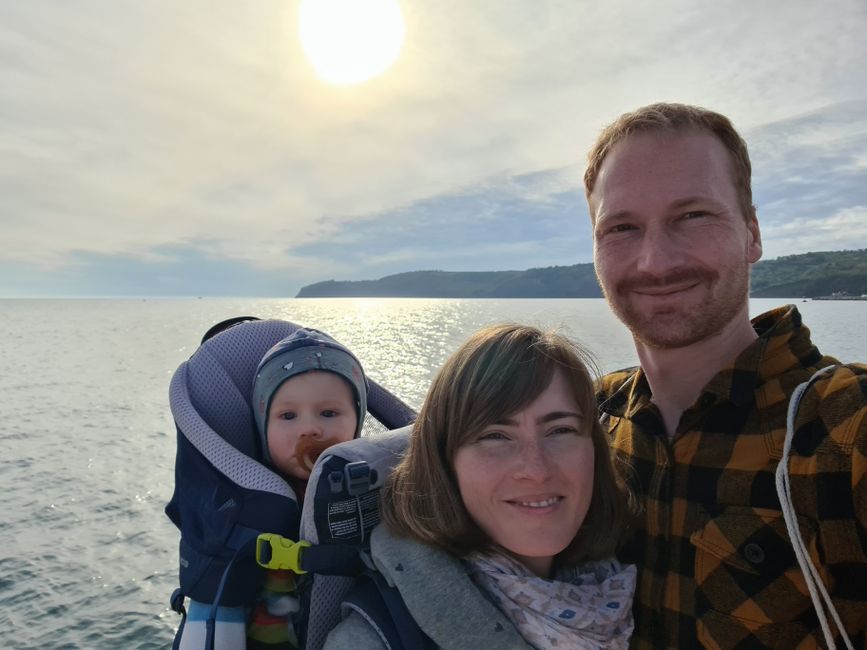
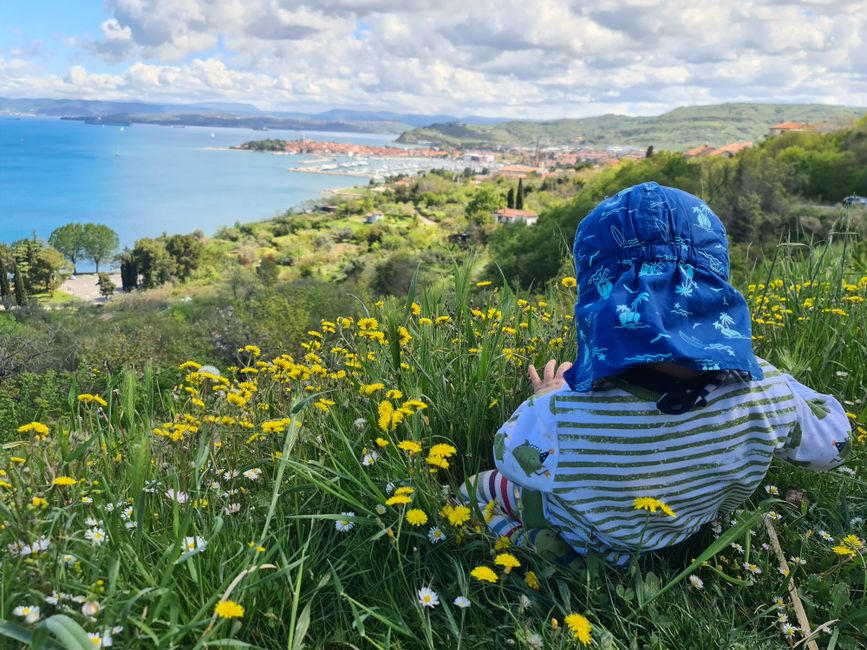
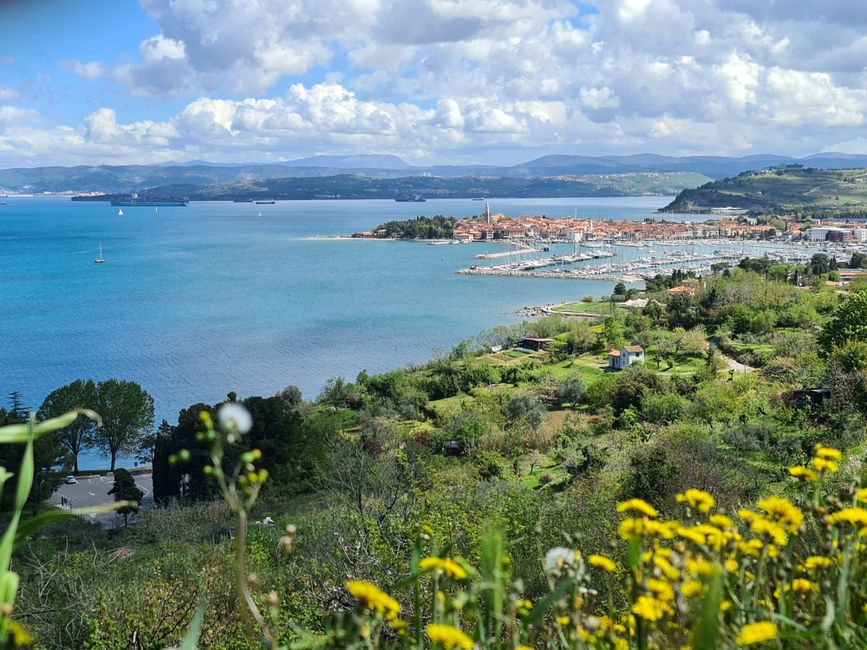
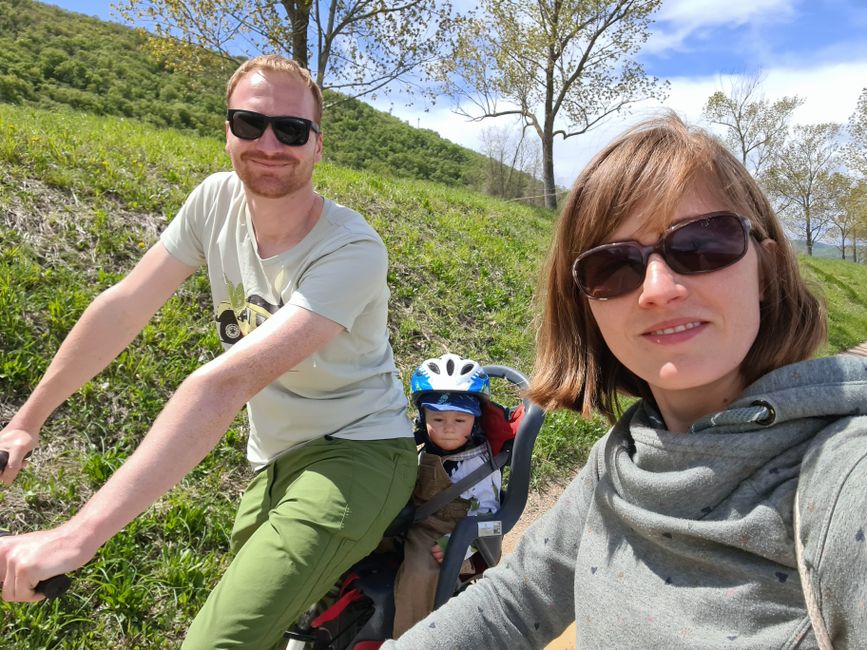
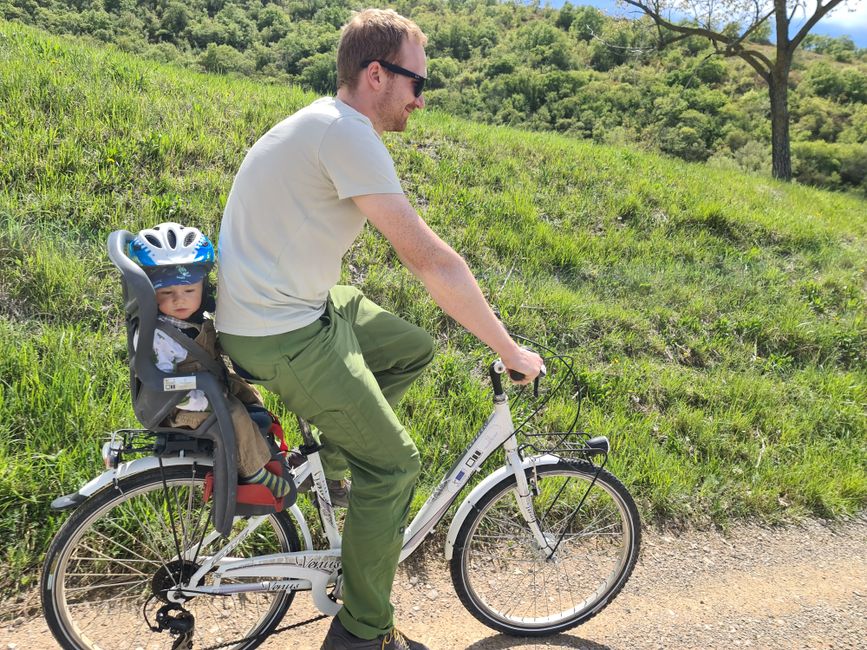
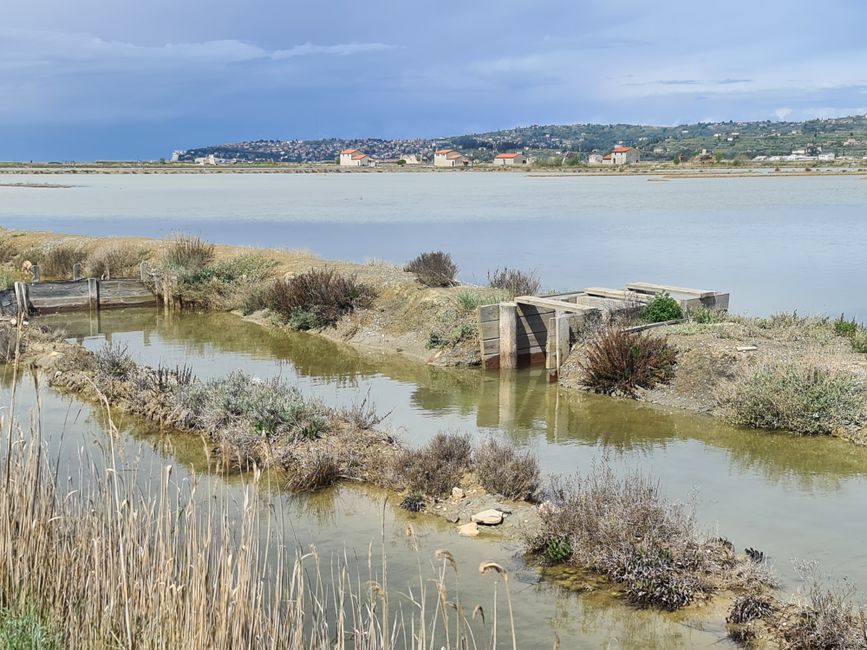
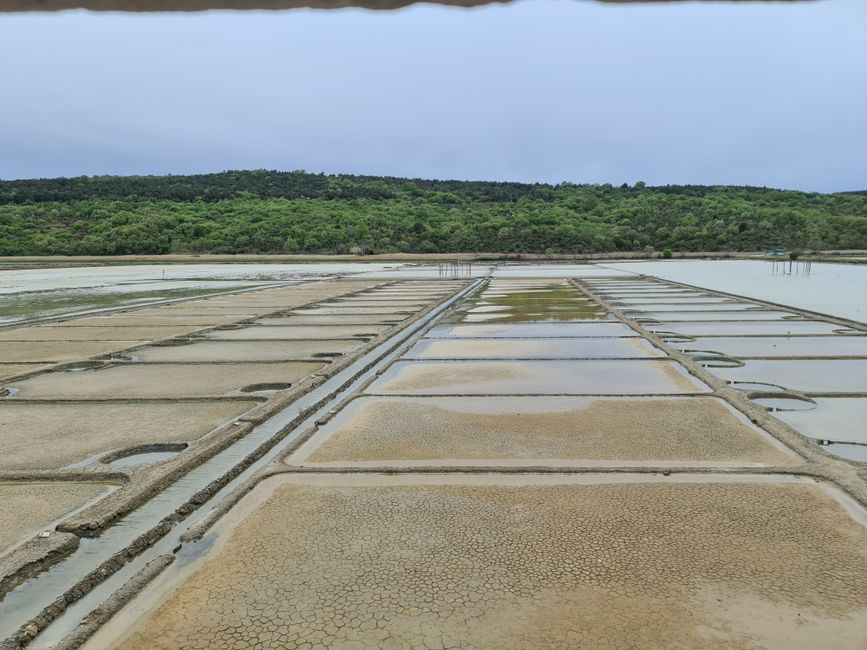
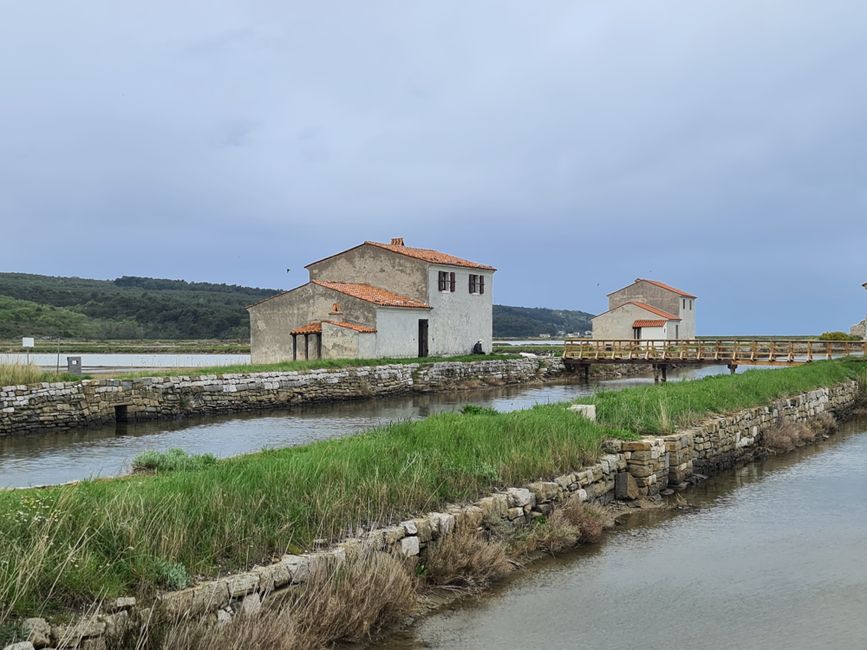
समाचार पत्रिका के लिए सदस्यता लें
With a few days delay, we finally set off from Chemnitz on Thursday, 07.04.2022 at 15:56.
As almost tradition, our first stop was Regensburg to have breakfast at Cafe Lila. It was as delightful as always. Of course, we also used the stop to do some last-minute shopping at the hardware store and MediaMarkt.
Since the car doesn't go faster than 80 km/h and sometimes only 60 km/h uphill, it took us two days to get to Ljubljana, and little Karl was strapped into his car seat for most of the time. The weather was also very lousy, so the rest areas were his only opportunities to crawl around and release some energy. Despite the rain, he always managed to amuse the staff with his crab-like movements. Generally, such a long journey is no longer about finding gas stations and coffee every 500 km, but rather about finding opportunities to let Karl stretch his legs every few hours. Unfortunately, there weren't many options in rainy weather. Austria welcomed us with cold and sleet, so we wanted to drive through as quickly as possible. However, we ended up spending a night near Salzburg at a rest area.
Afterwards, we headed straight to Ljubljana, the capital of Slovenia. Although we were greeted with snow, we were able to enjoy the spring sun the next day. Ljubljana has a beautiful small old town that winds along the Ljubljanica River and offers beautiful views of the Alps or the Castle Hill. The city is definitely worth a visit. However, in Ljubljana, we quickly realized that traveling with a one-year-old would be different from traveling with an infant or, even better, without a child. Considering the still cold temperatures, we decided to visit an indoor playground. Additionally, Karl's diapers were starting to develop odors that couldn't be hidden for long and required quick action. But where to go in the twilight at zero degrees? The nearby classical socialist concert and opera house seemed like a perfect solution. However, as expected from the average age of the visitors, the house was full of elegantly dressed concert-goers and, of course, no changing tables were available. Luckily, a waitress recommended a quiet corner in the basement. The diaper-changing mission was successfully completed, and Karl entertained the senior citizens a little longer.
From Ljubljana, we went through the historic towns of Krain, now Kranj, and Skofja Loka towards the Slovenian Alps. We wanted to cross the Vrsic Pass in the Triglav National Park for the third time after our vacation in 2019 was spoiled by heavy clouds twice, and this time the weather forecast was optimistic. On the way there, we drove along the border between the Julian Alps and the Karavanke and made a stop at the world-famous ski jumping resort Planica for a short hike in the snow. Unfortunately, the ski flying hills without snow didn't look very appealing. However, the mountain landscape of Triglav along the Vrsic Pass was even more beautiful, and since winter was not long ago, there was still plenty of snow at the top of the pass at 1611 m.
The Vrsic Pass ends in the Soča Valley. In German (and Italian), the river is called Isonzo and some may know it as the Isonzo Front of World War I. Here, Italians and Austrians fought for a few meters in miserable cold, resulting in high casualties similar to the Battle of Verdun. However, we saw the valley in gentle spring green and with a fantastic turquoise Soča River. That's why we treated ourselves to the luxury of staying two nights at a farm with a small campsite and explored the area while relaxing.
We continued south to the foothills of the Alps near Cerkno. Here, nature was already more advanced than in the Alps, and we took a short walk through the young greenery. The next day, we visited the Franja Partisan Hospital. From December 1943, wounded partisans were treated here. So far, everything seems normal. However, this hospital had to remain hidden from the enemy. It is located in a remote gorge. All supplies (building materials, food, firewood, medical supplies... and patients) had to be carried there on foot at night, even though the gorge is usually only as wide as the creek that flows through it. In total, over 500 patients were treated here. It was the only hospital that also had bunkers for defense. There were two instances of combat, but luckily, the hospital remained undiscovered.
We continued south because we wanted to go to the Balkans and travel through Croatia before the tourist crowds arrive. The Julian Alps gradually transition into the karst region. Since we had already extensively visited this region three years ago, we only made a brief stop at the Škocjan Caves, which are also part of the UNESCO World Heritage Site due to their size and underground canyons. We also visited Lake Cerknica, which is fed by an underground river and its area drastically changes depending on the rainfall in the mountains.
When you are already traveling in Slovenia and approaching the sea, a detour to nearby Trieste is a good idea. Italy has stolen a considerable part of Slovenia's coastline here, so Slovenia itself only has 46 km of coastline left. Trst, as it was called in the past, is a beautiful city directly on the Adriatic Sea, with views of Slovenia and Croatia. Unfortunately, we had a bit of bad luck with the weather, so we couldn't fully enjoy the city, and the desire for a warm winter hat became louder.
After the short detour to Italy, we continued south along the coast. Koper and Izola were still on our list of stops. Koper is the industrial port of Slovenia with many industrial facilities in the surrounding area. But the old town is quite handsome. When we last visited Izola, it was a sleeping gem by the sea during winter. Now, with a full marina and open restaurants, it's a bit more crowded. However, we were finally able to enjoy the sea in the sun while walking along the short promenade.
We skipped Piran, which is the flagship of the Slovenian coast, since we had already visited it. We headed towards the border, where a little surprise was waiting for us. We only wanted to have lunch at a parking lot at the salt pans of the Bay of Piran. However, we were familiar with the no man's land after the Slovenian border crossing but before the Croatian border crossing. In the meantime, a nature park with bicycle rental had been established there. This inevitably led to Karl's first bike ride. He didn't see much except Terence's backside, but he probably found it quite okay.
From here, it's just a stone's throw to Croatia. That's all for our first few weeks on the road.
Best regards
TkJ
समाचार पत्रिका के लिए सदस्यता लें
उत्तर
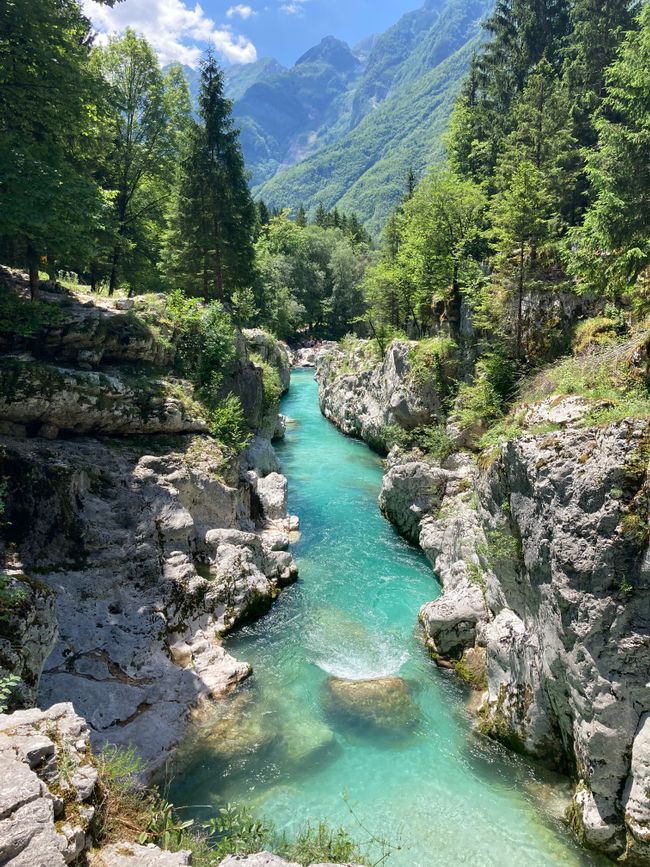
यात्रा रिपोर्ट स्लोवेनिया
